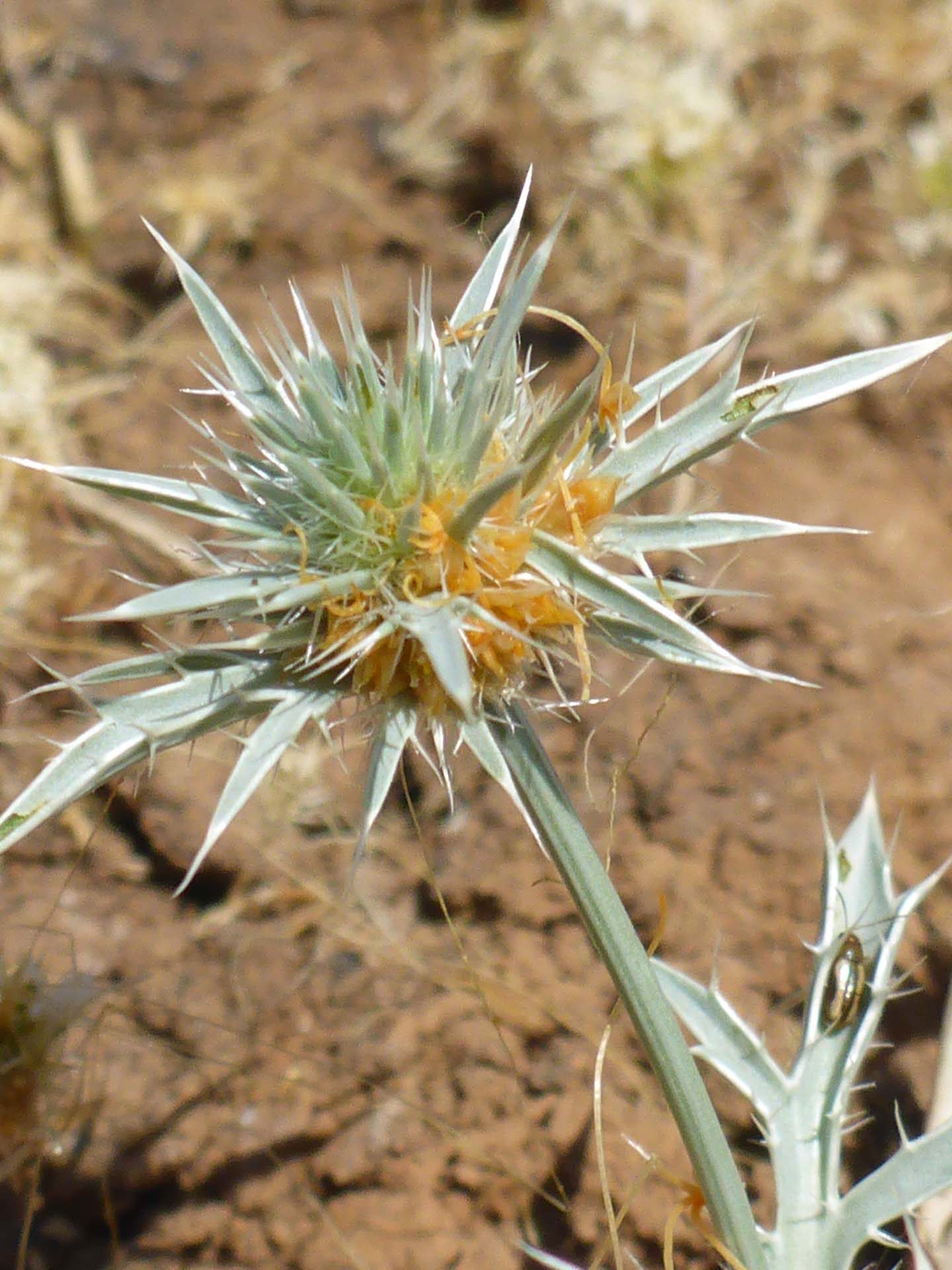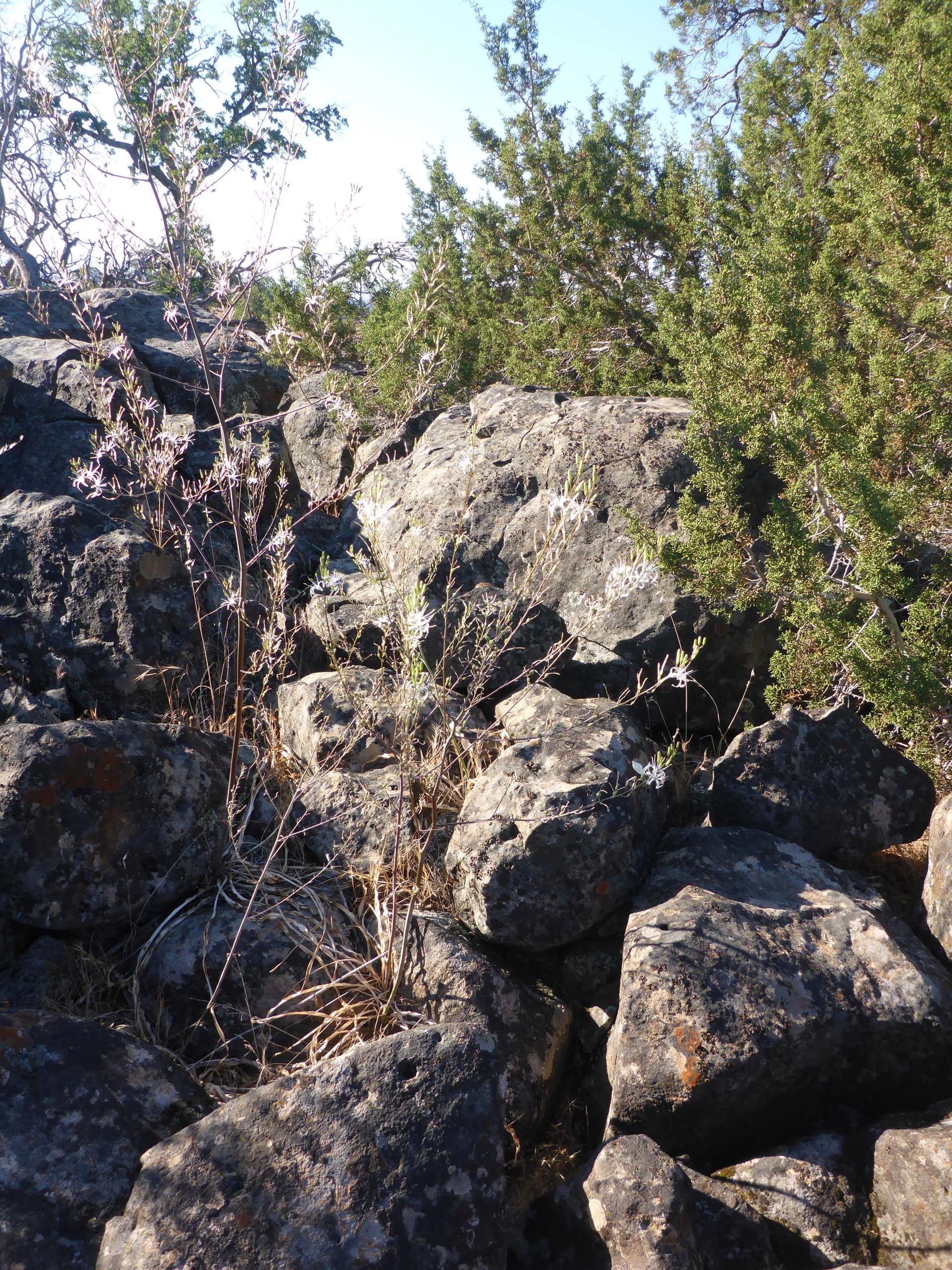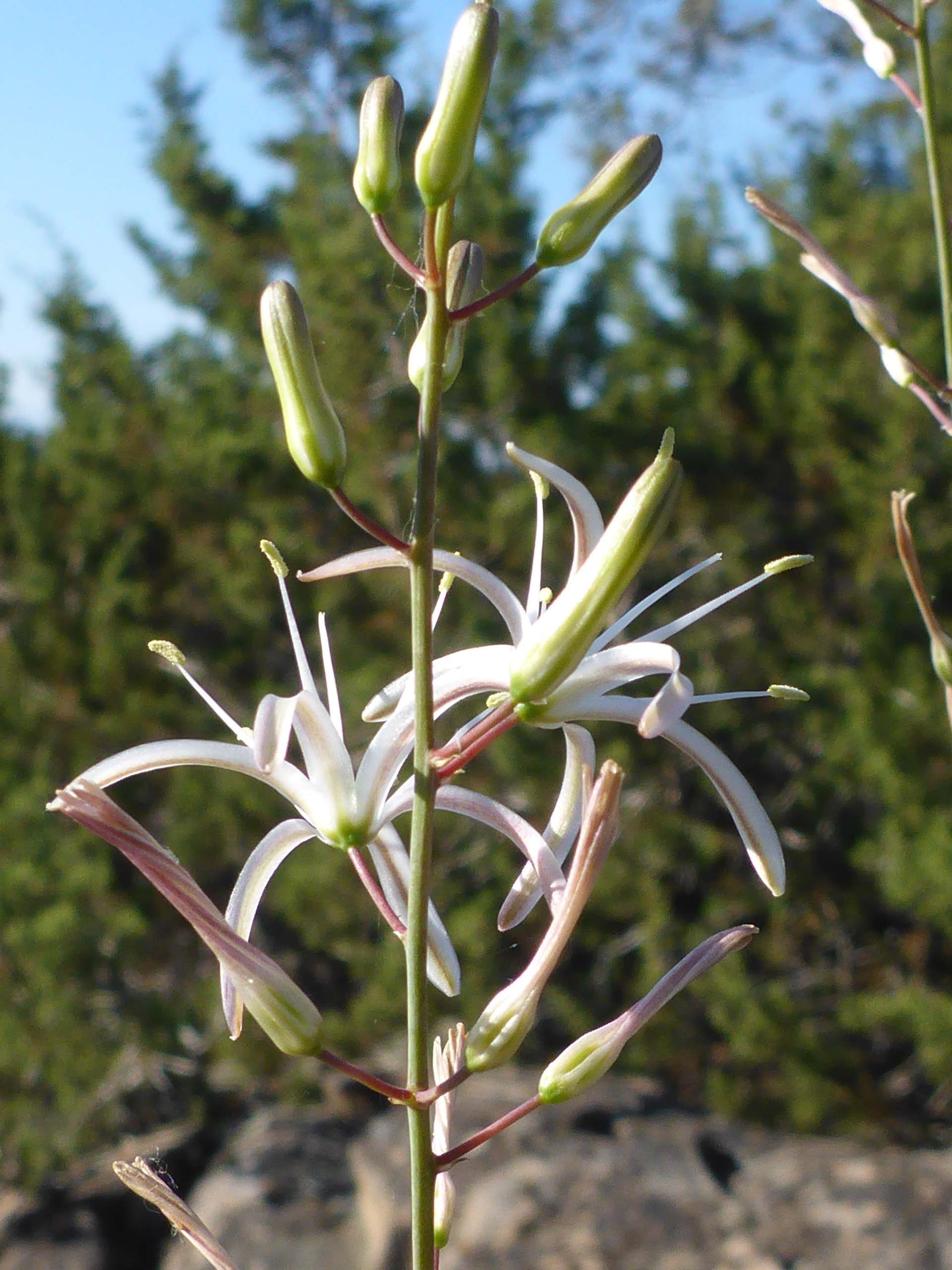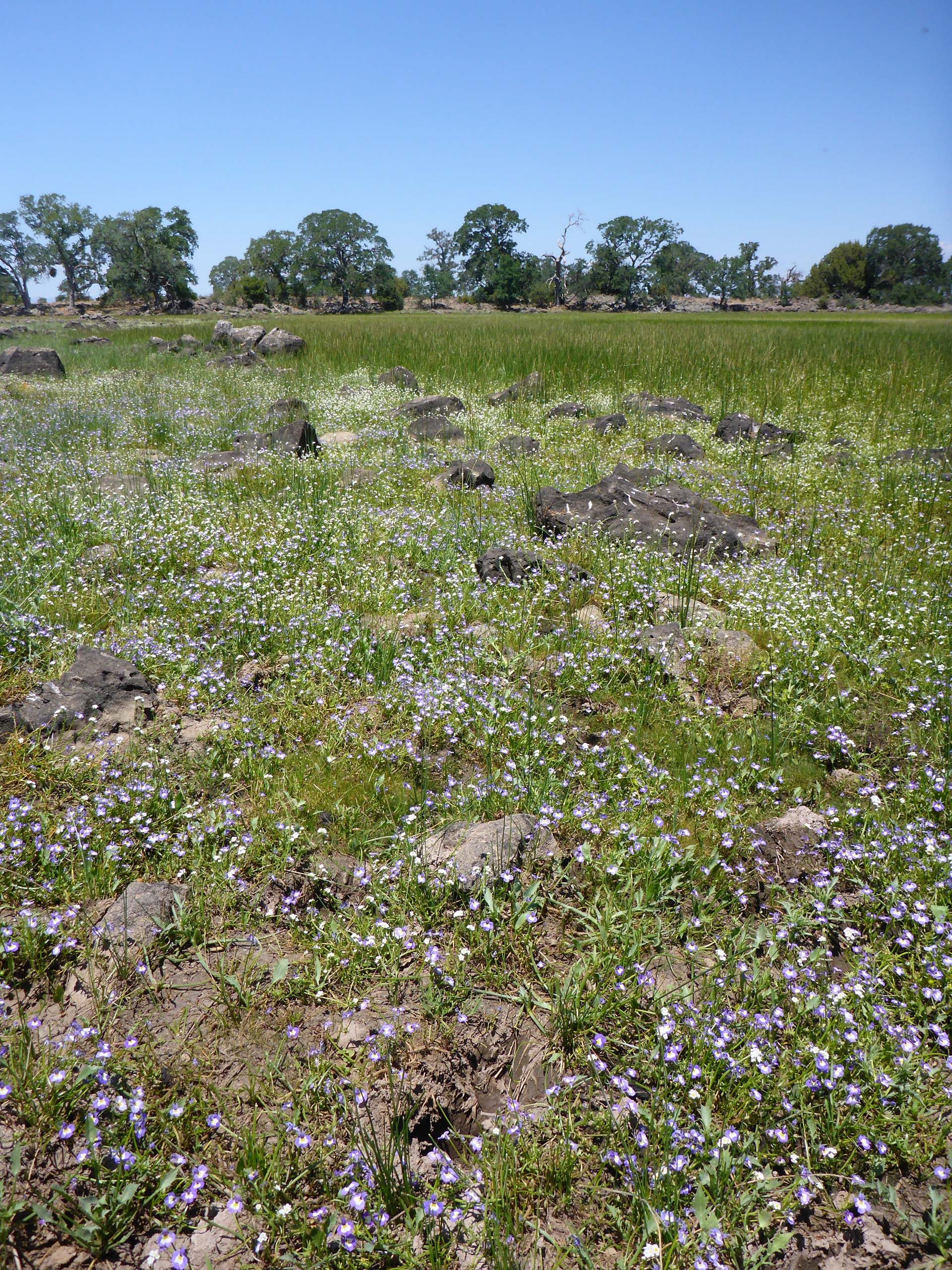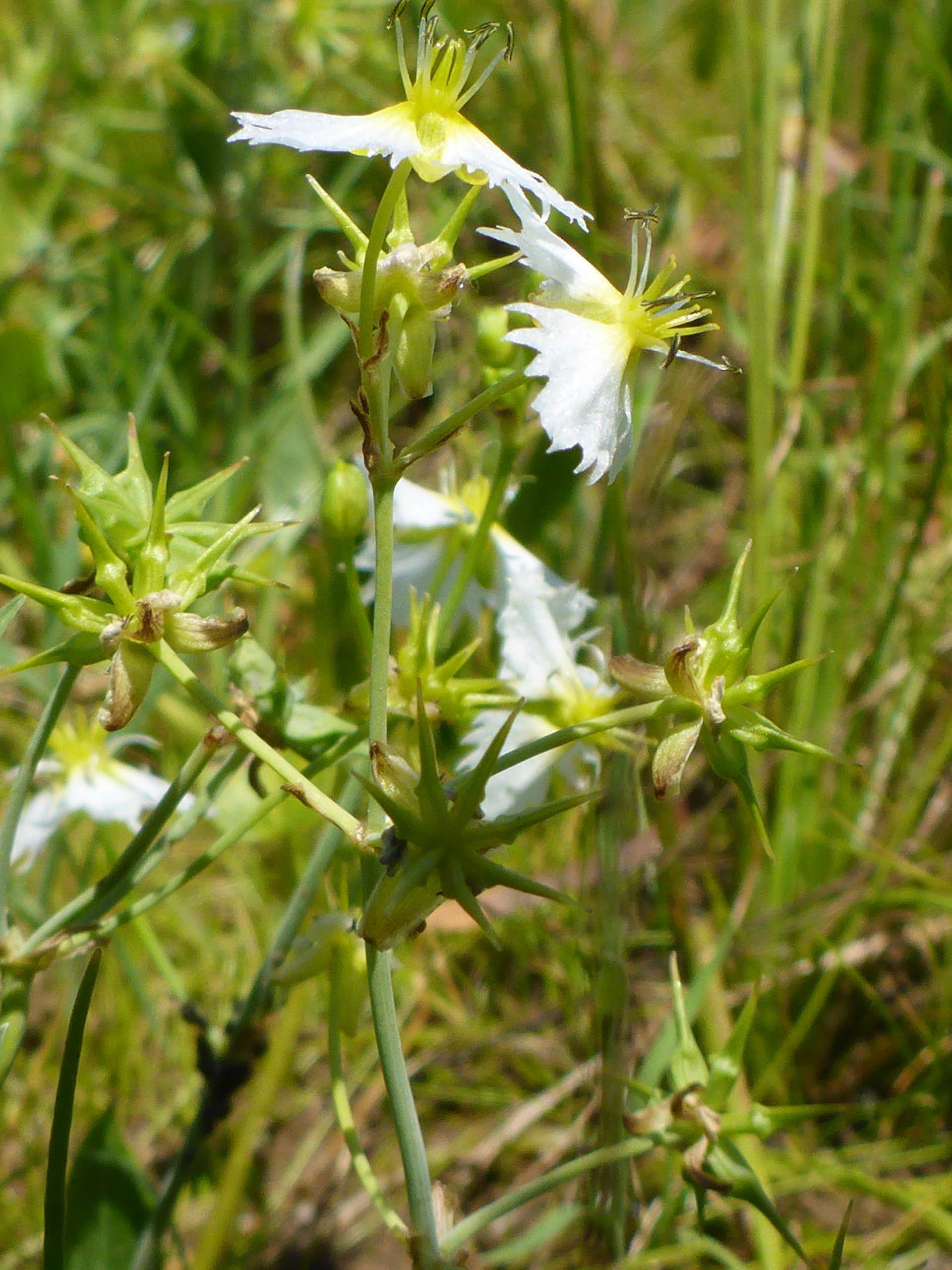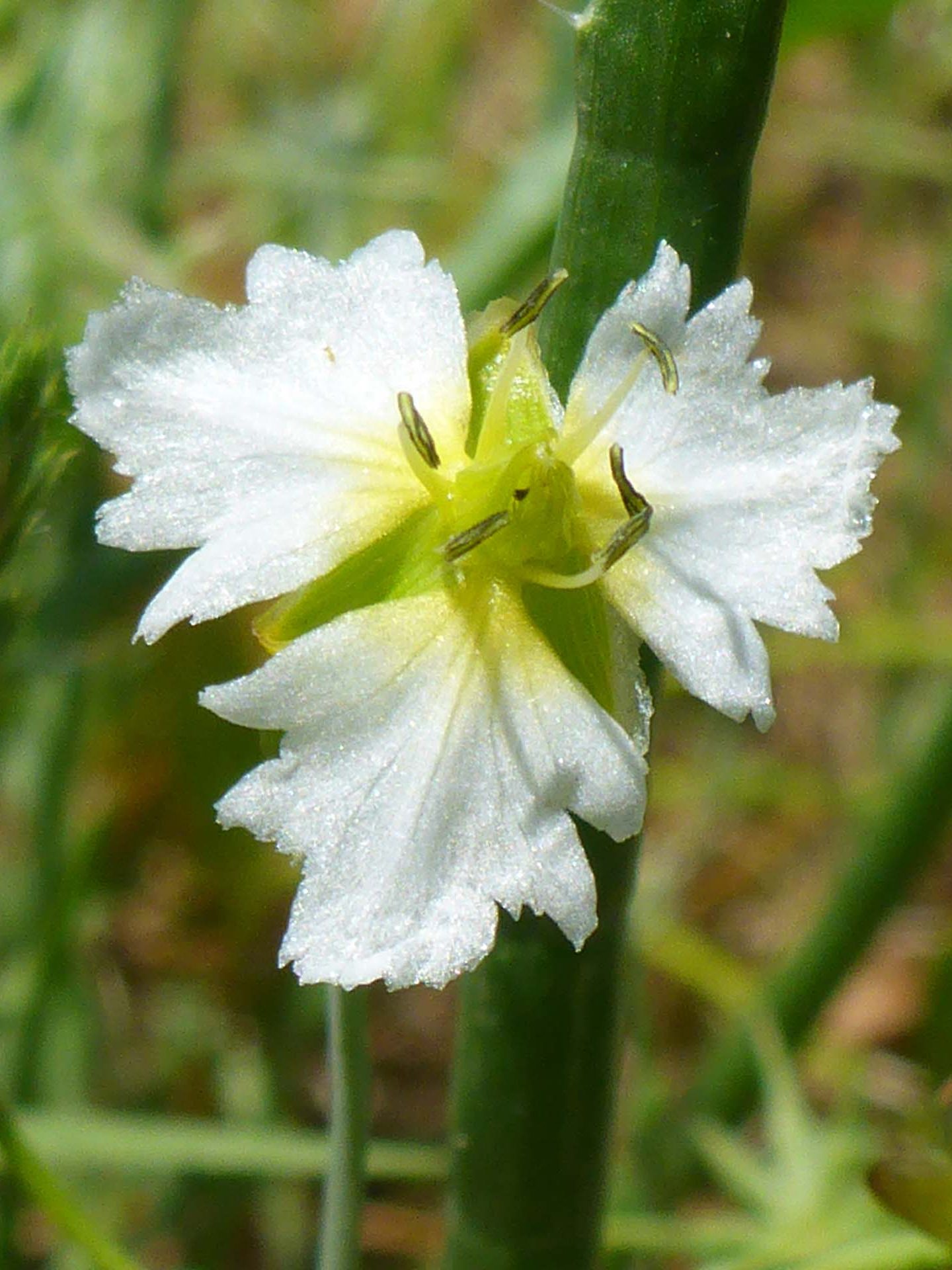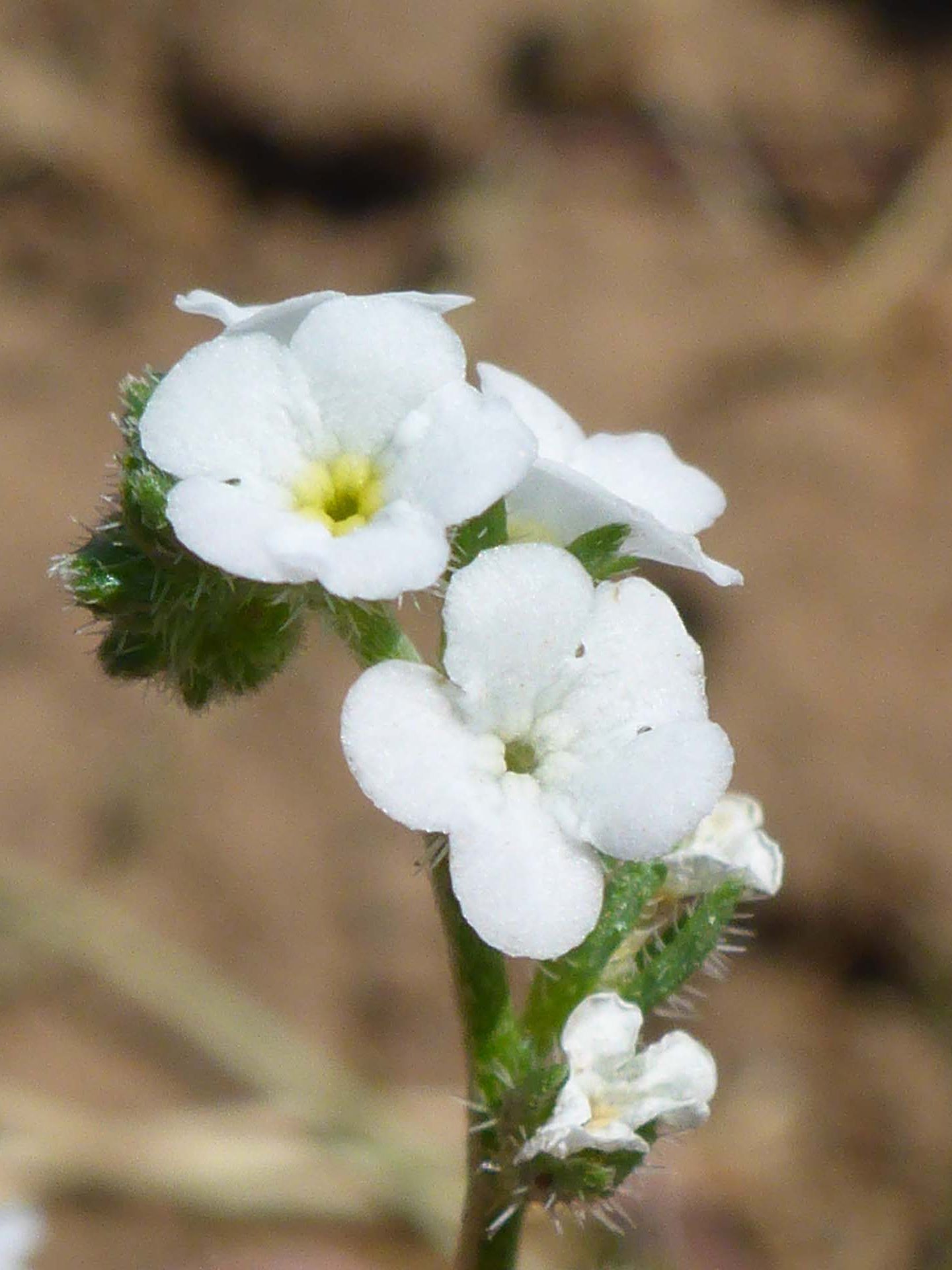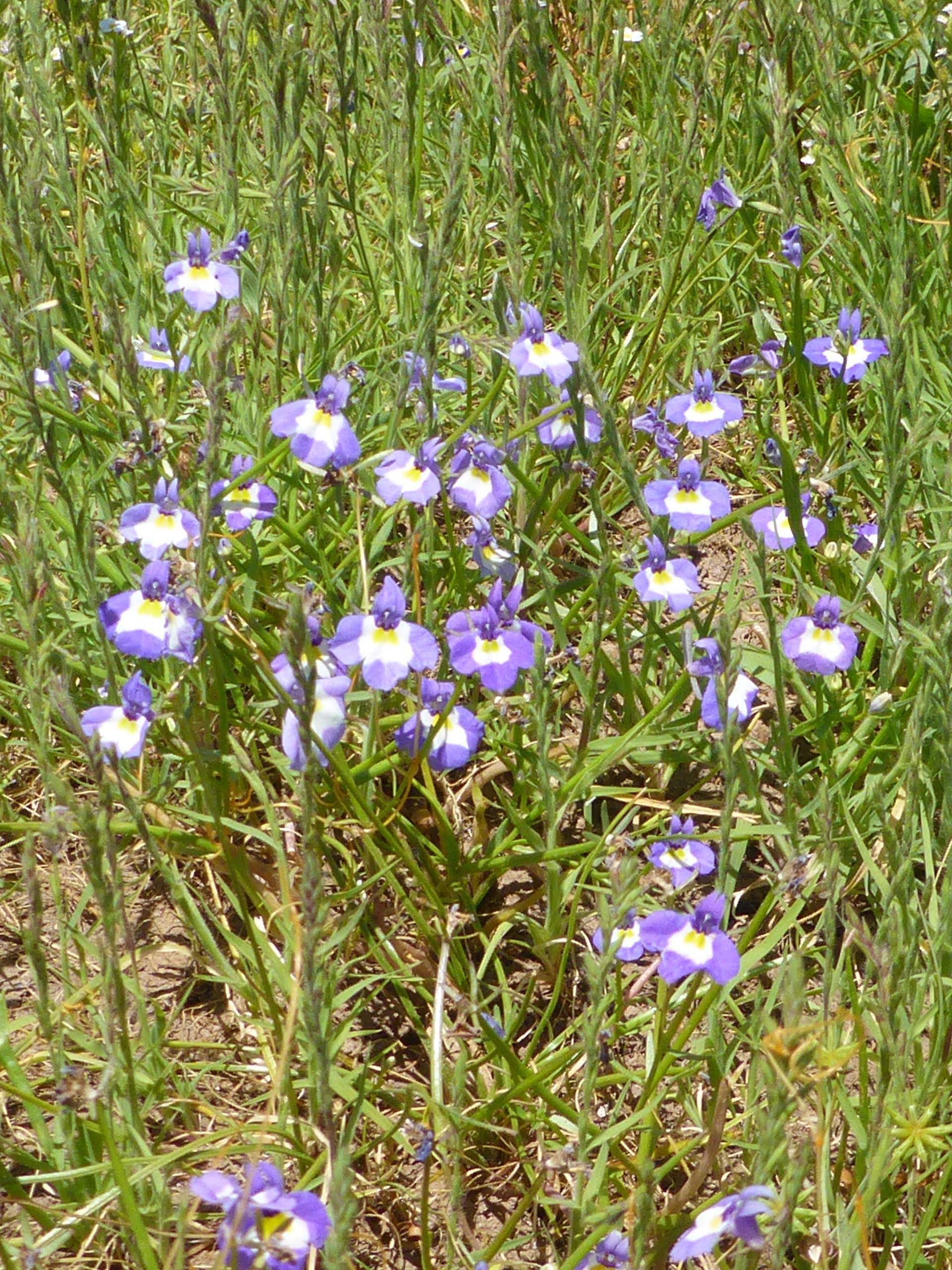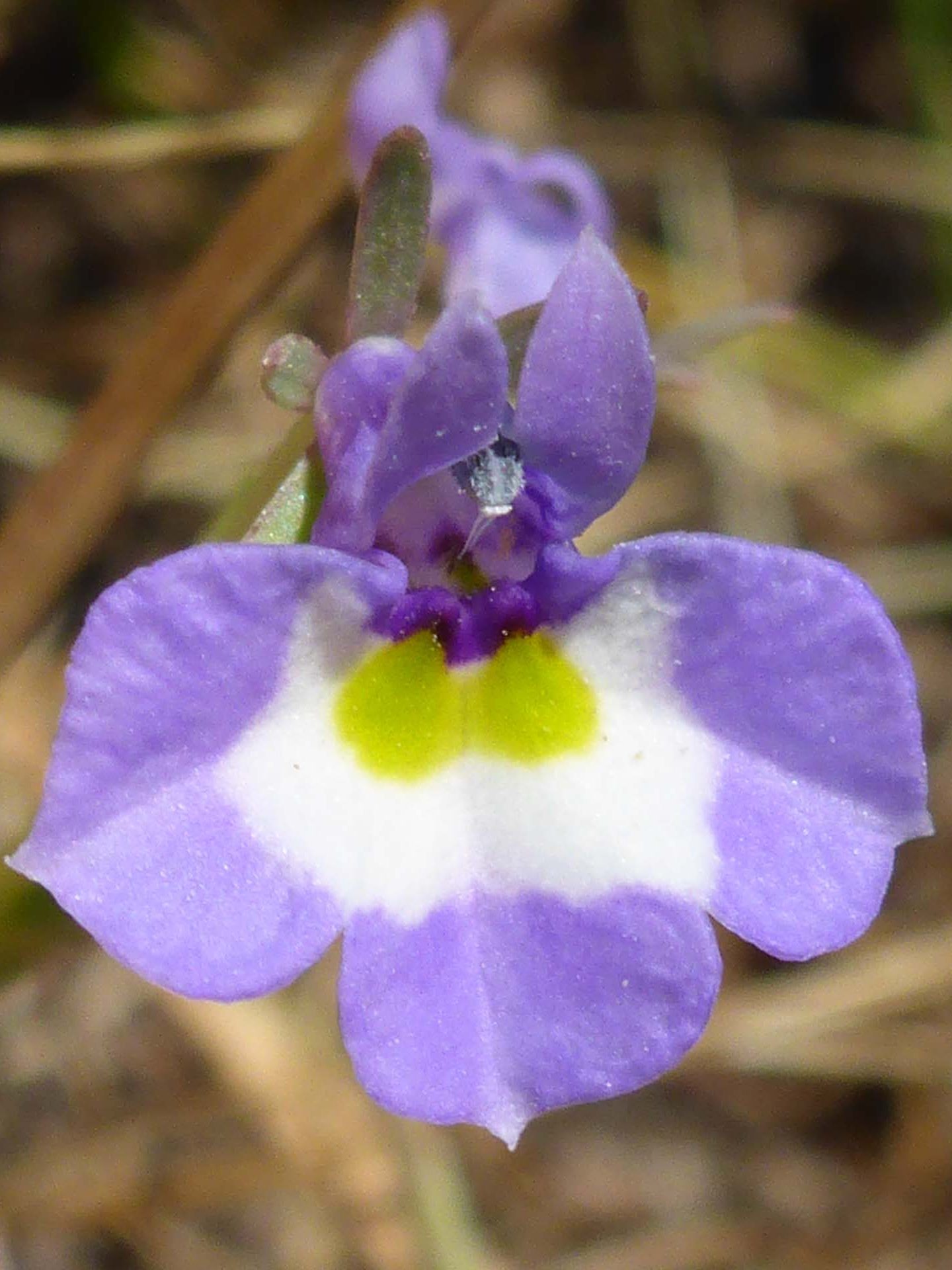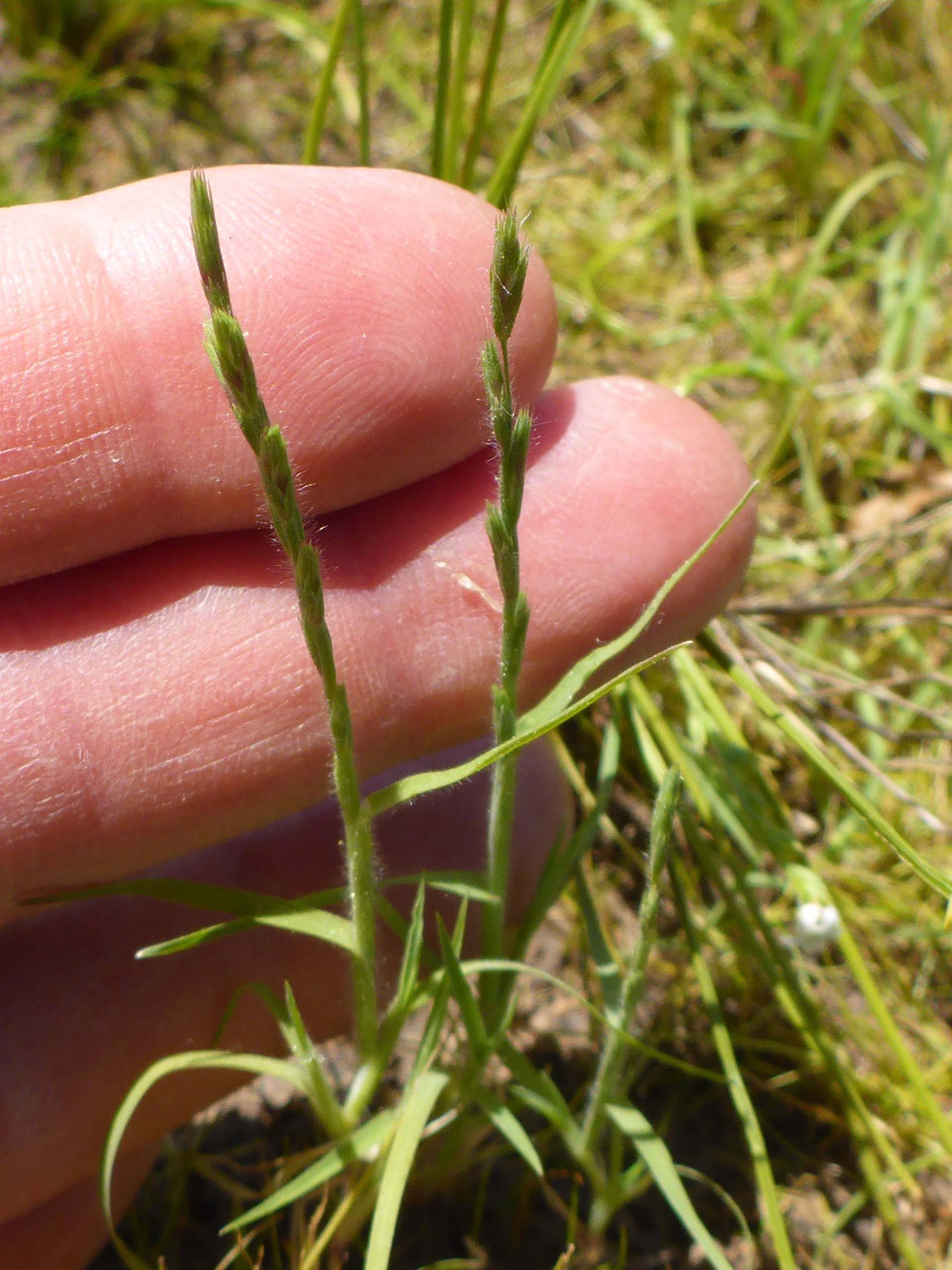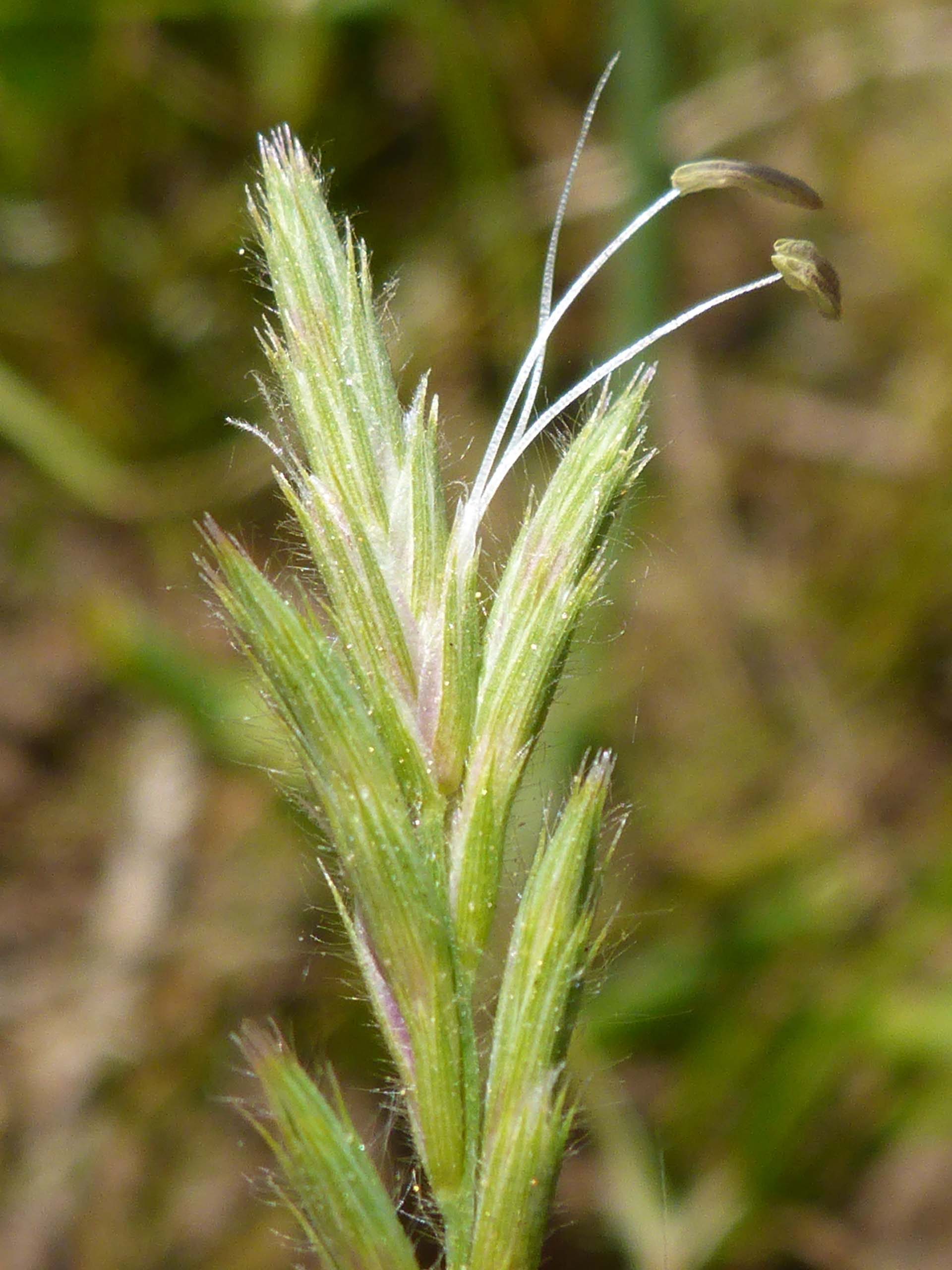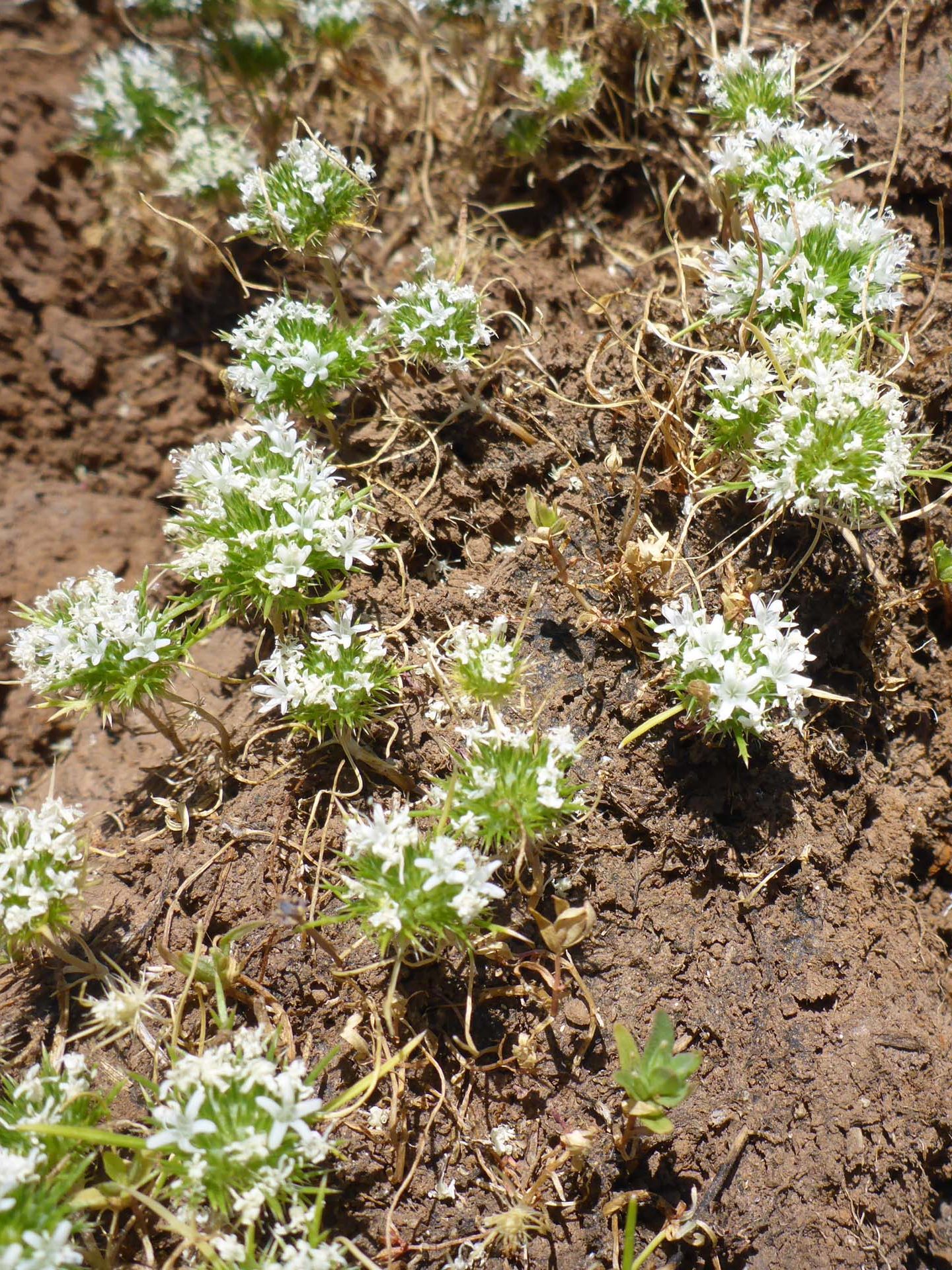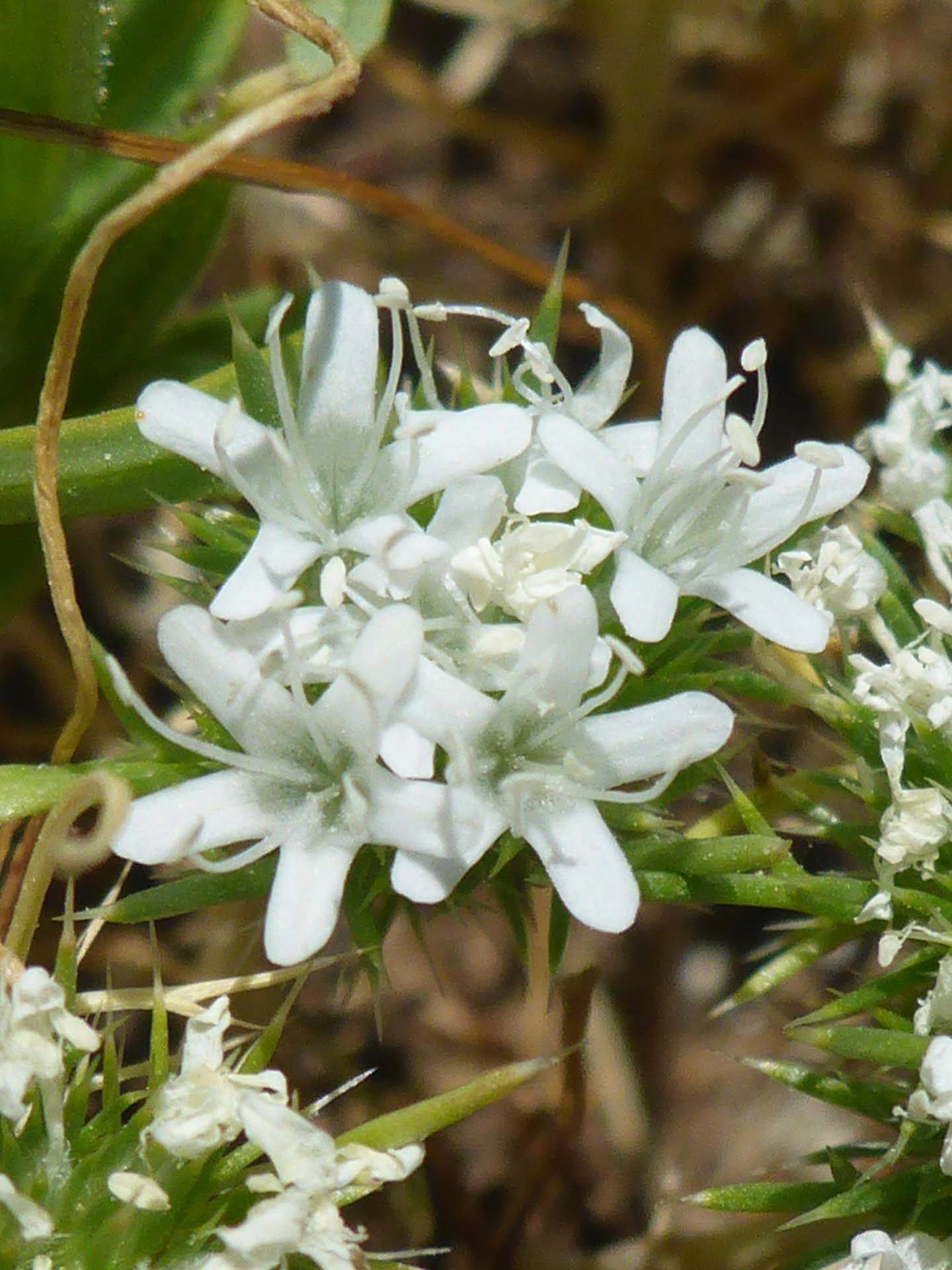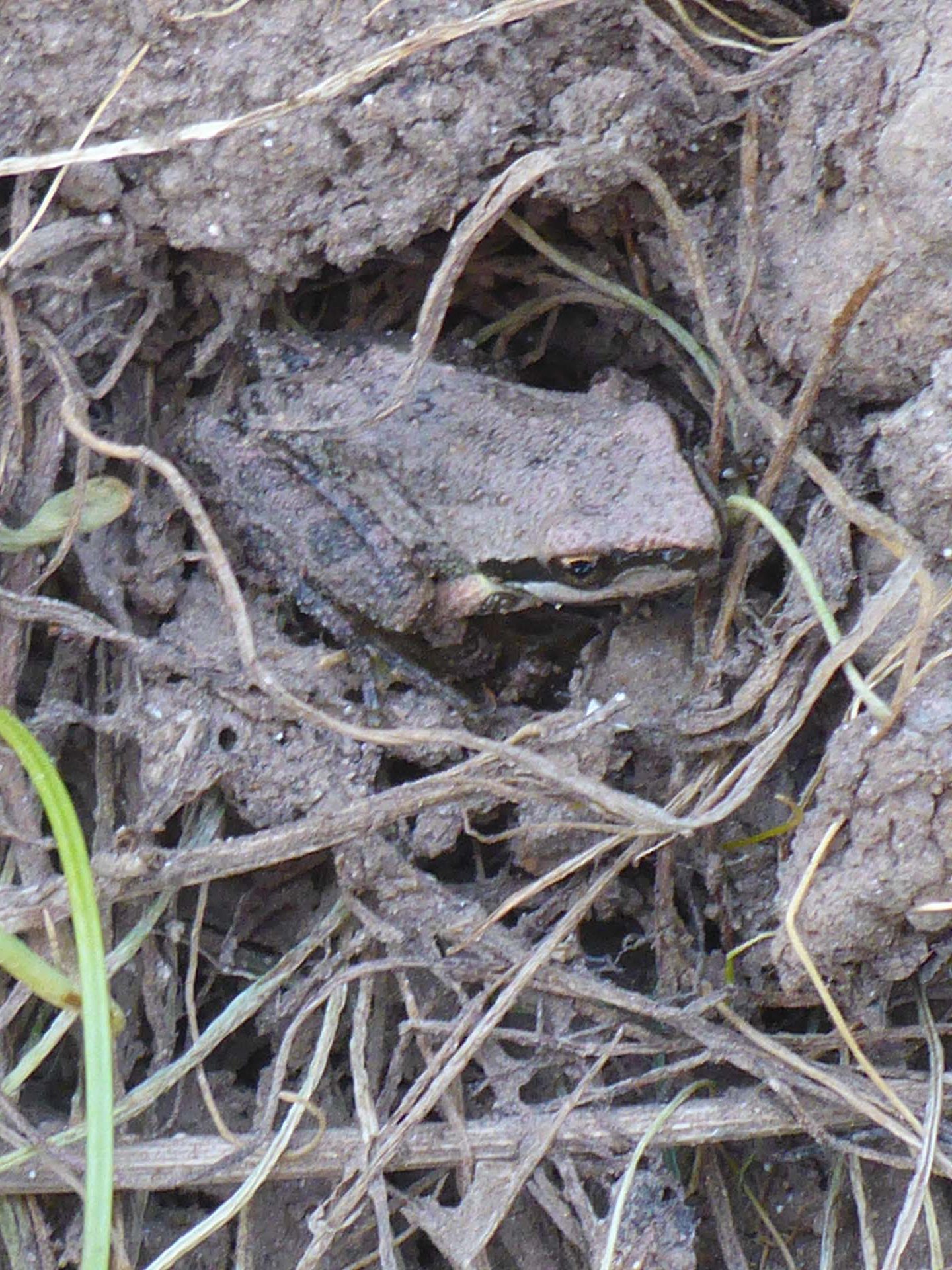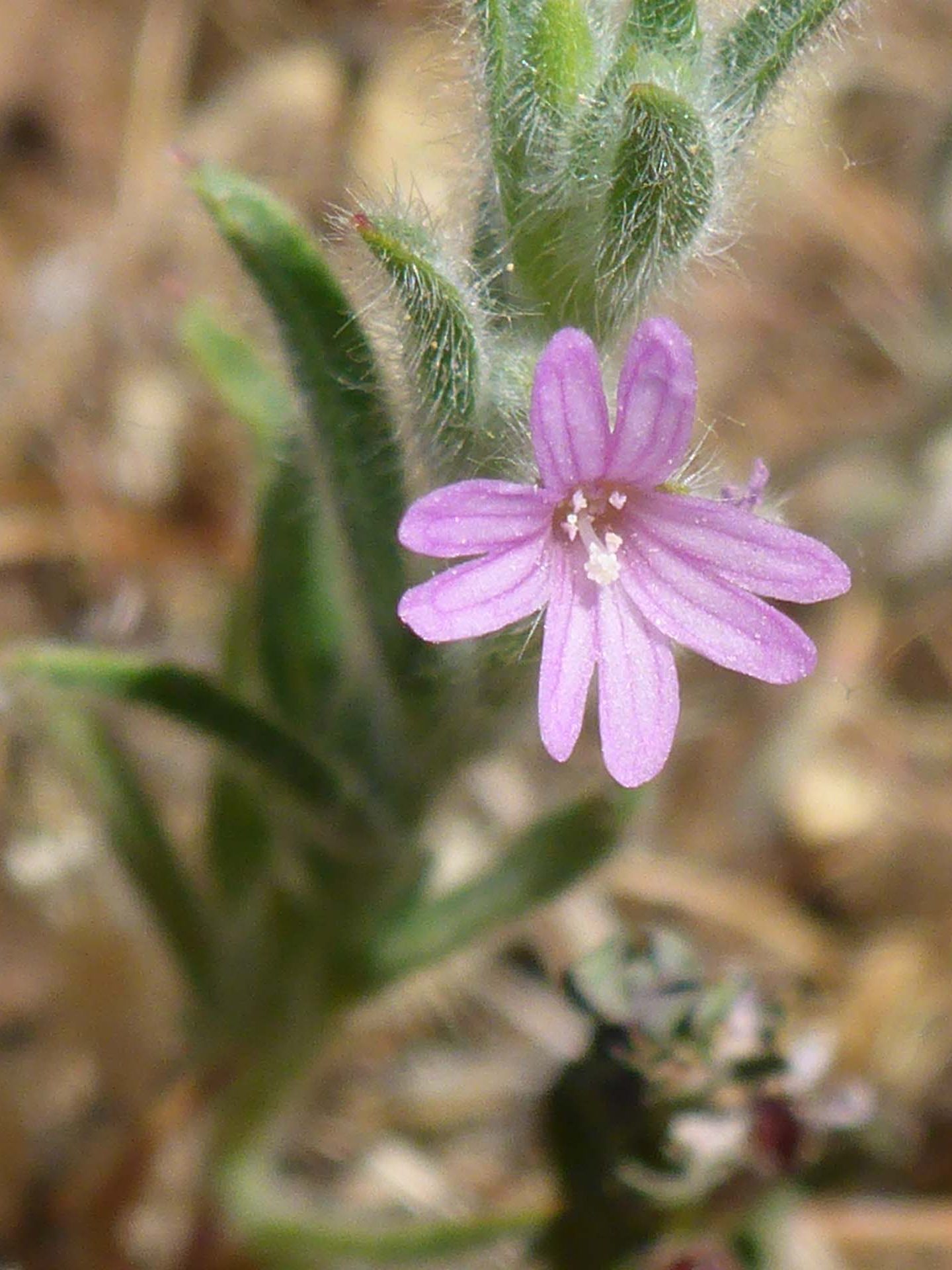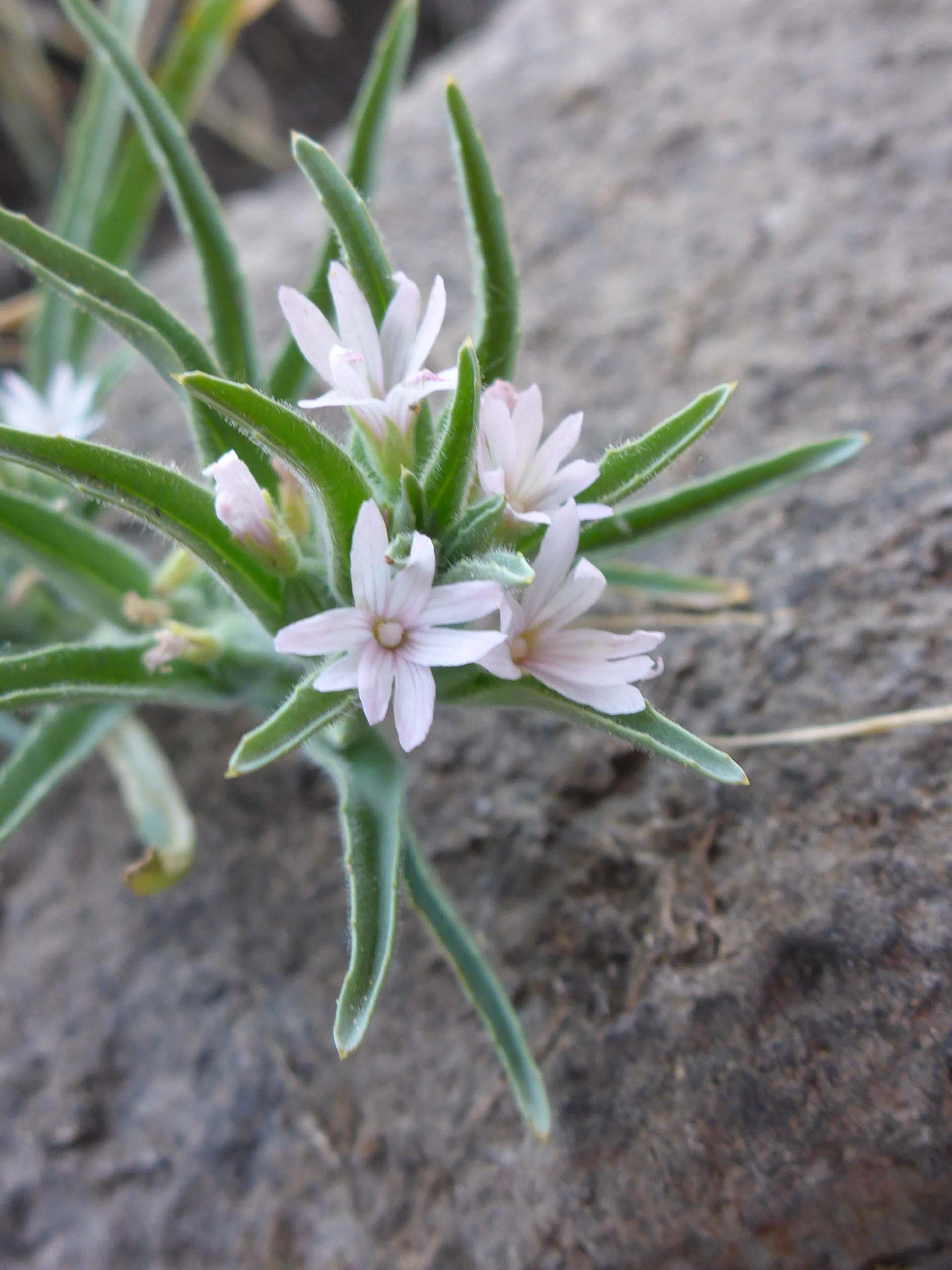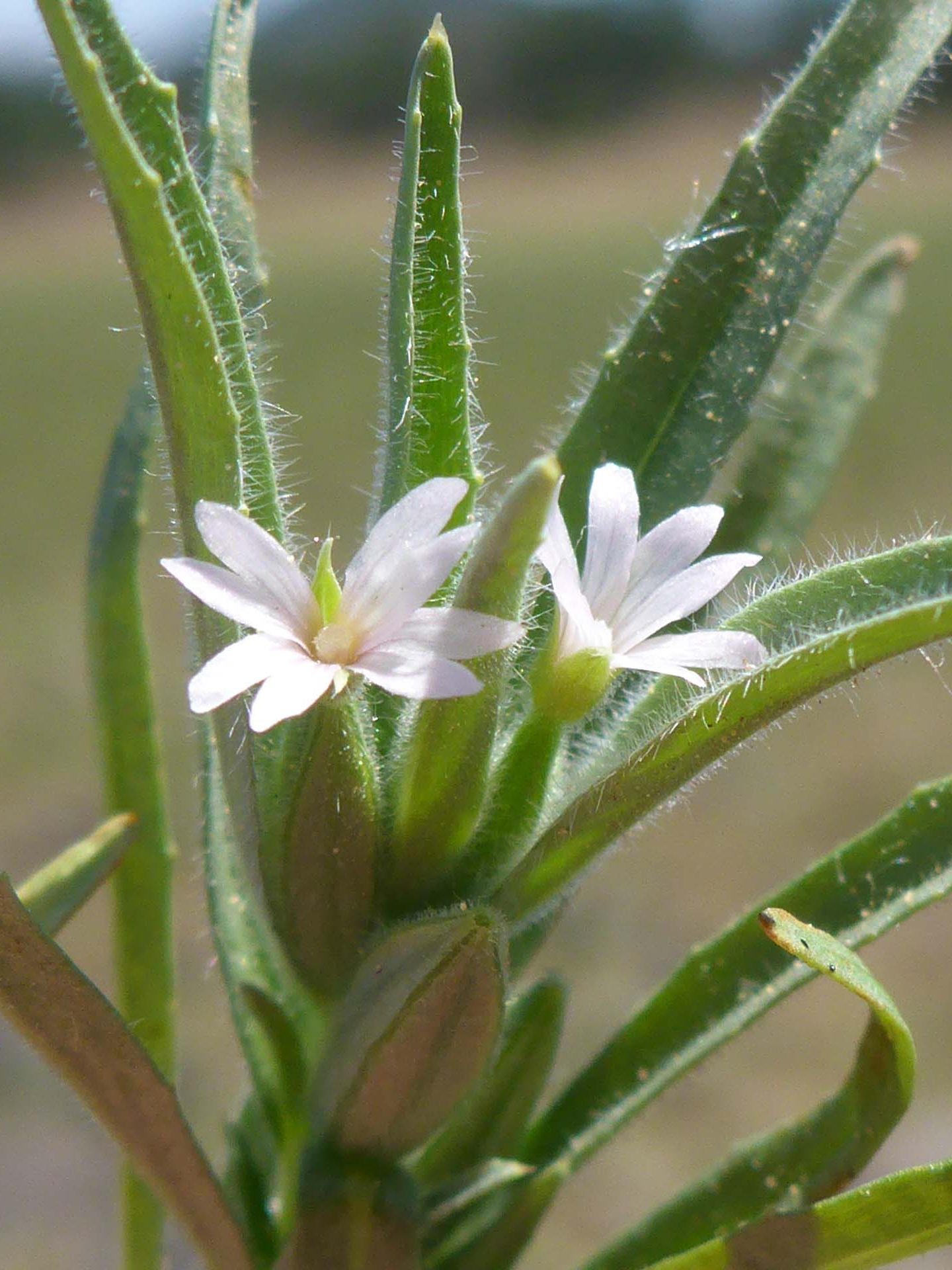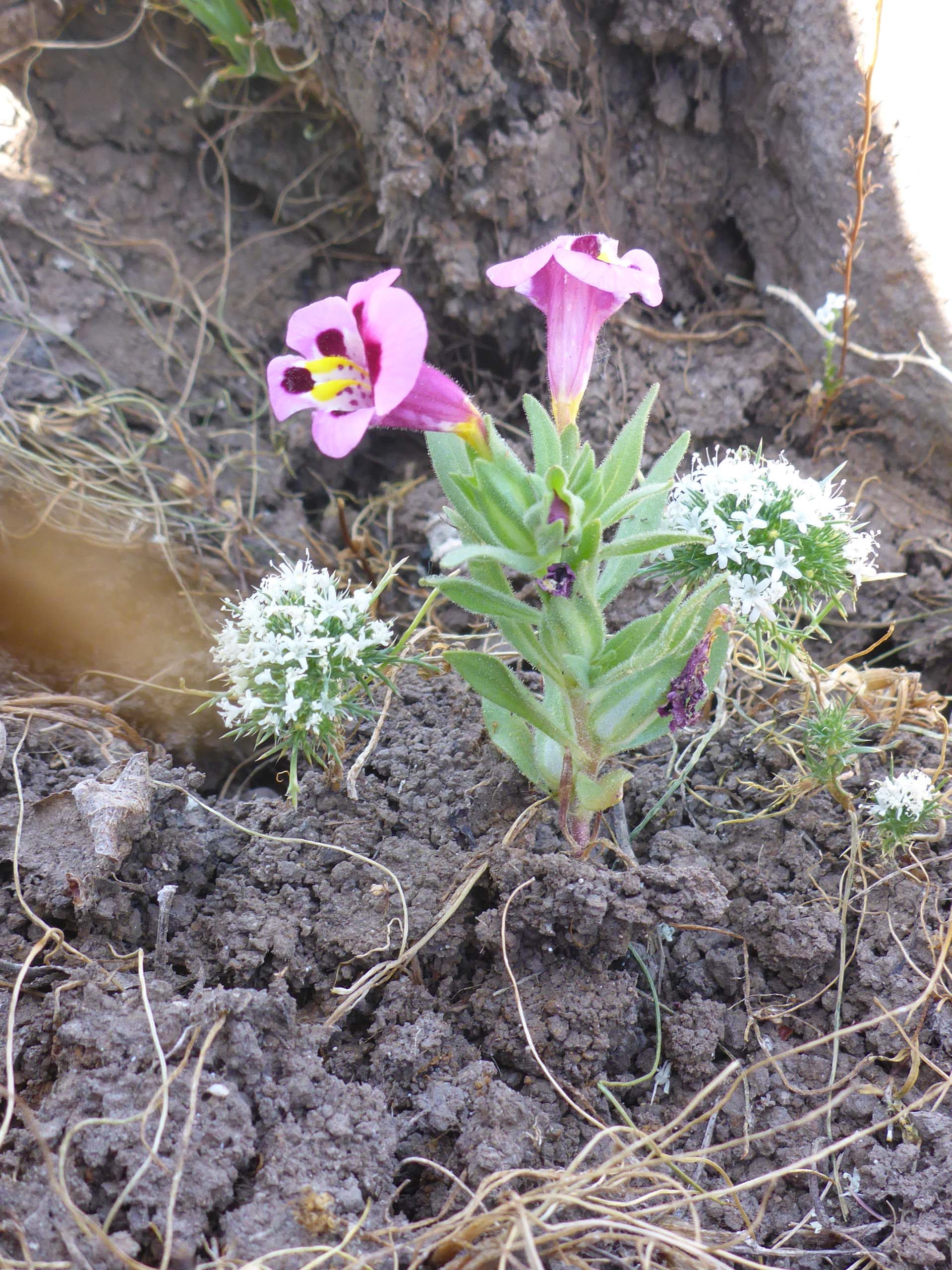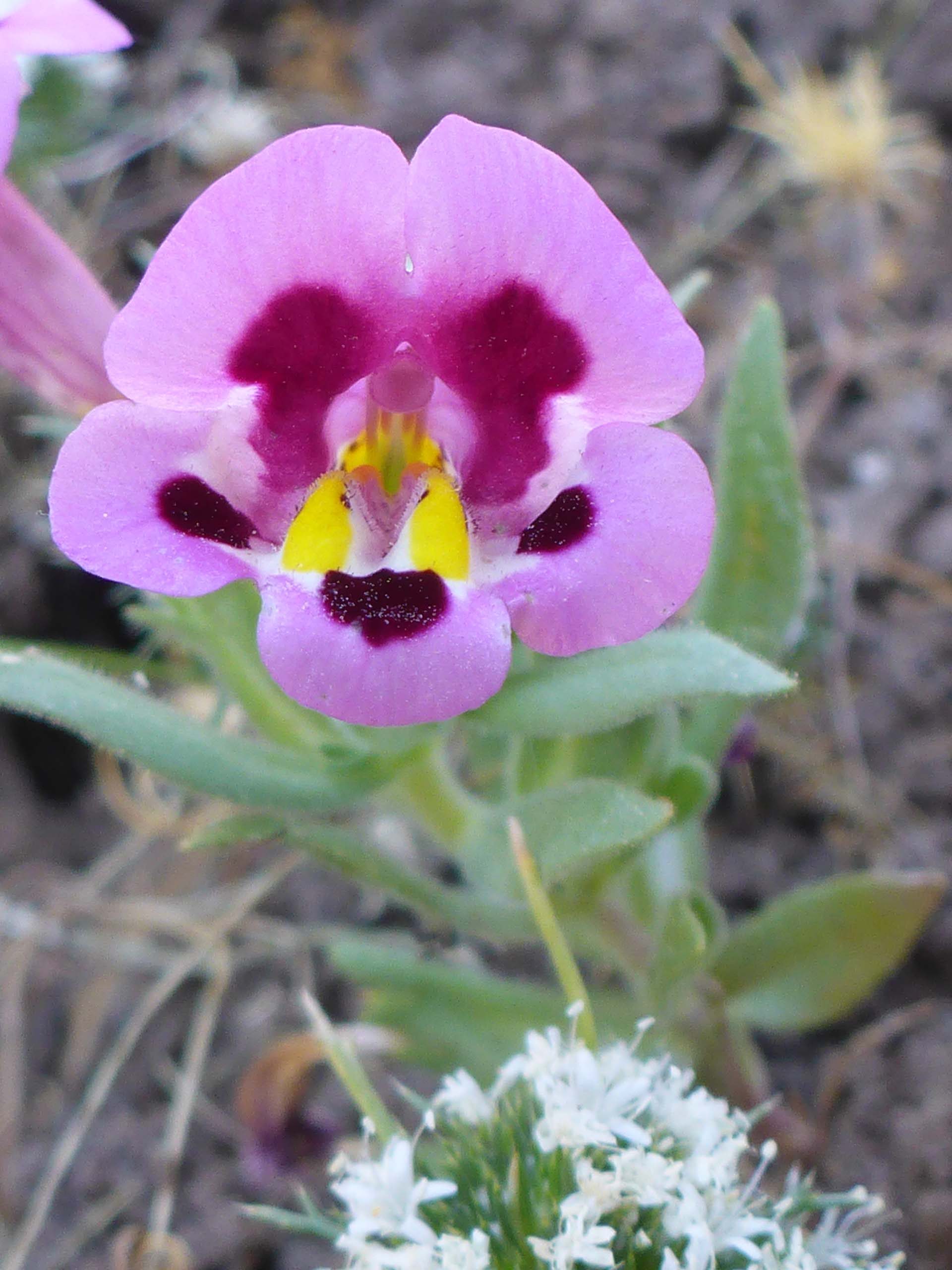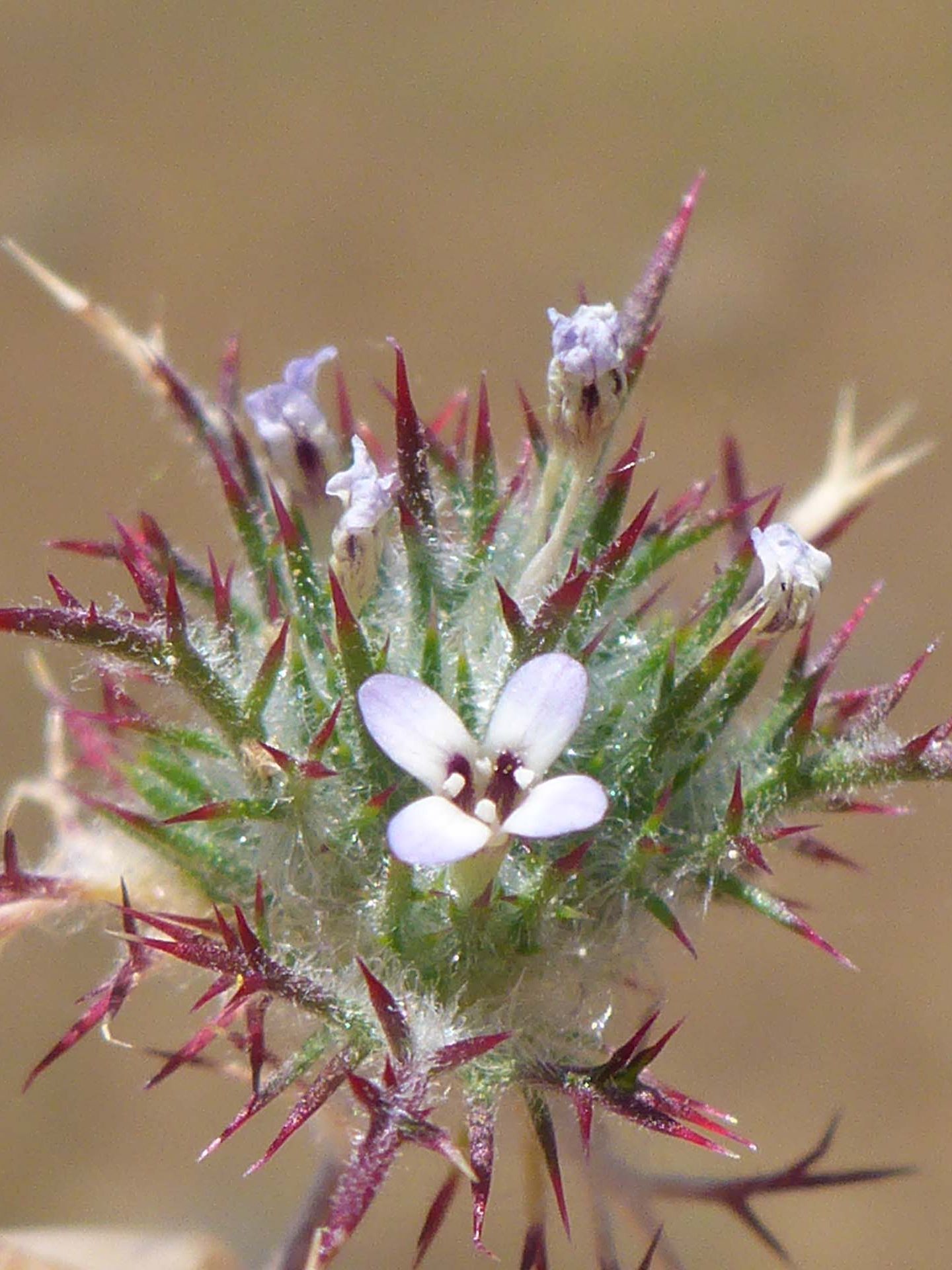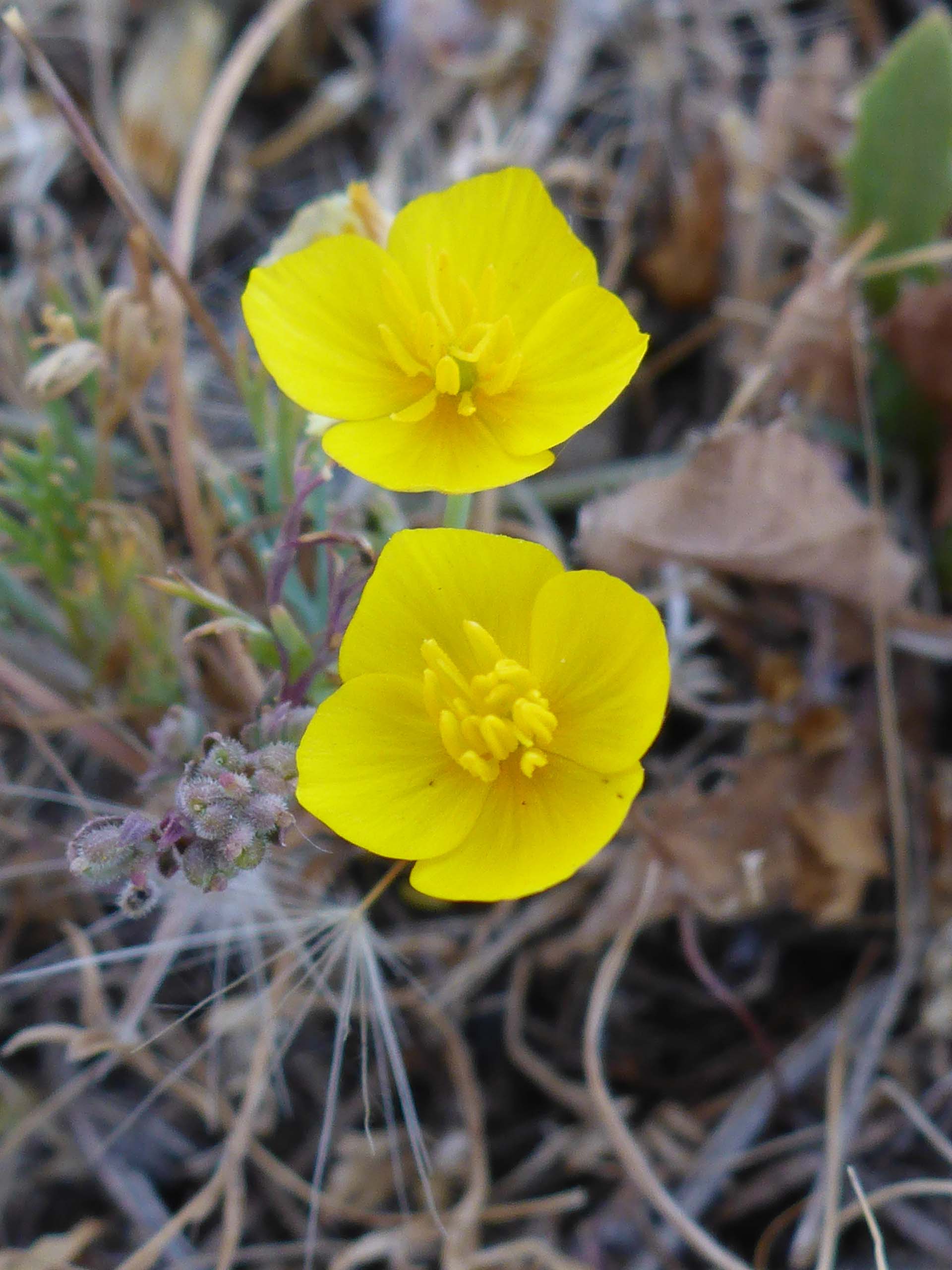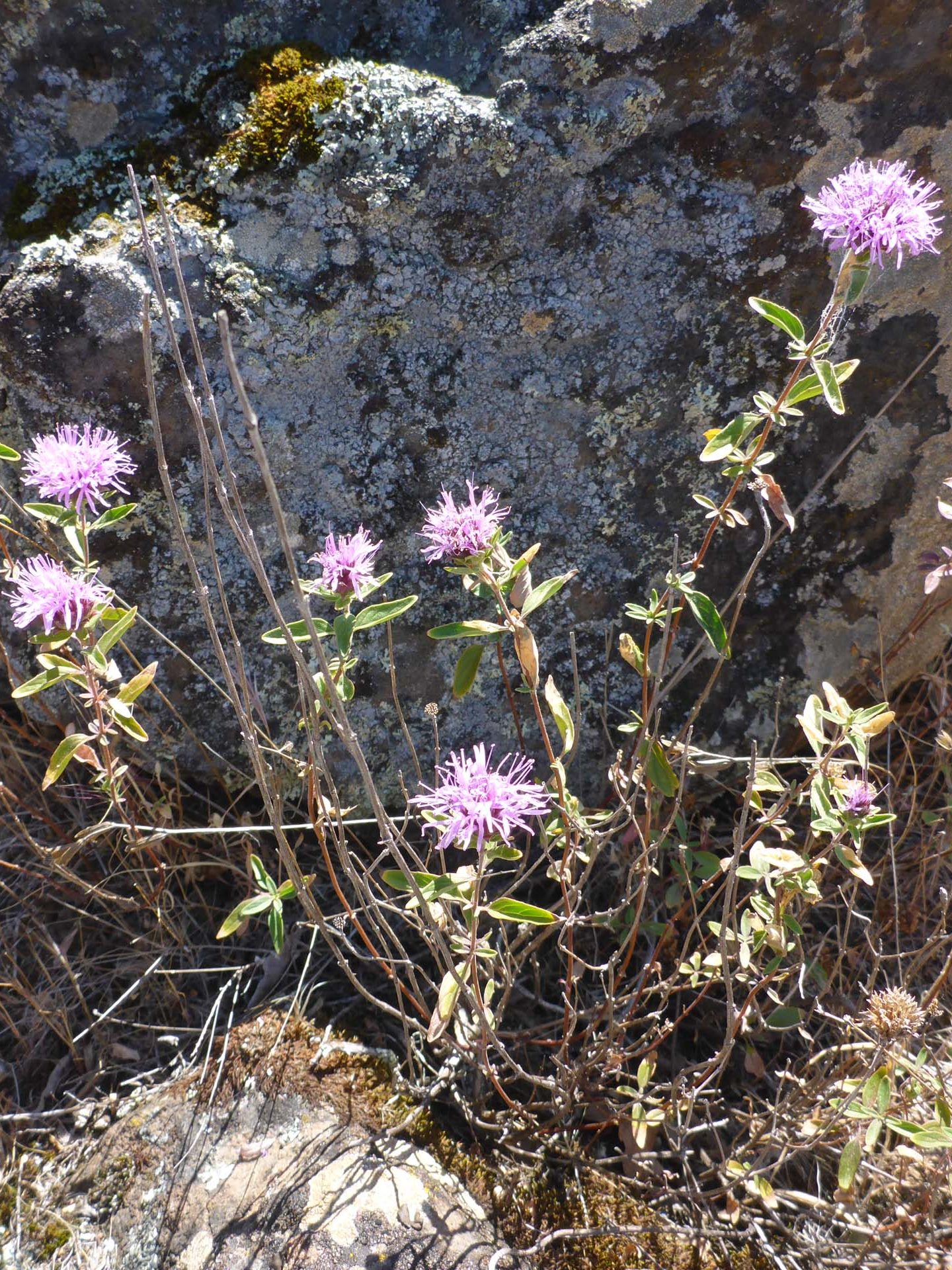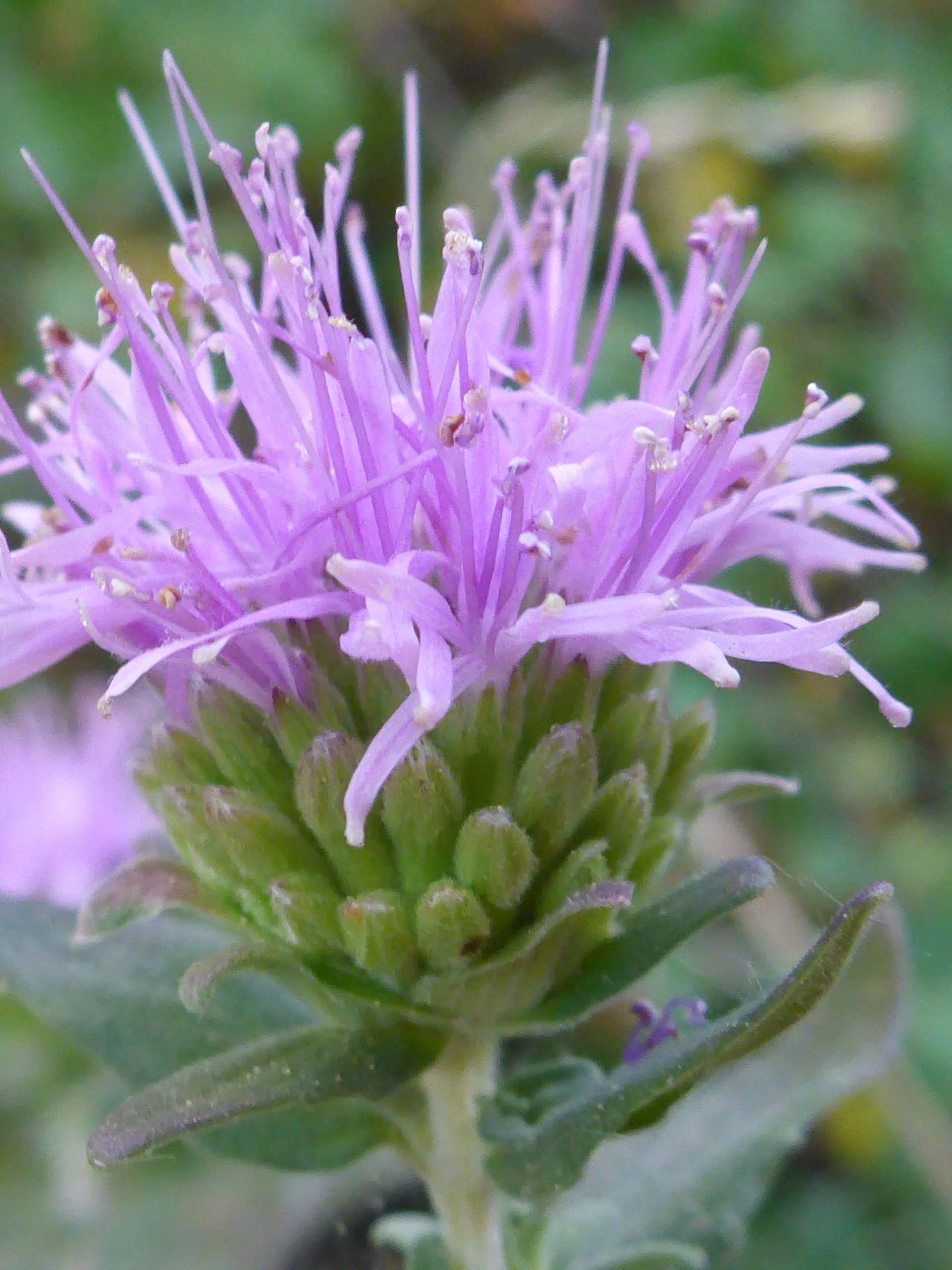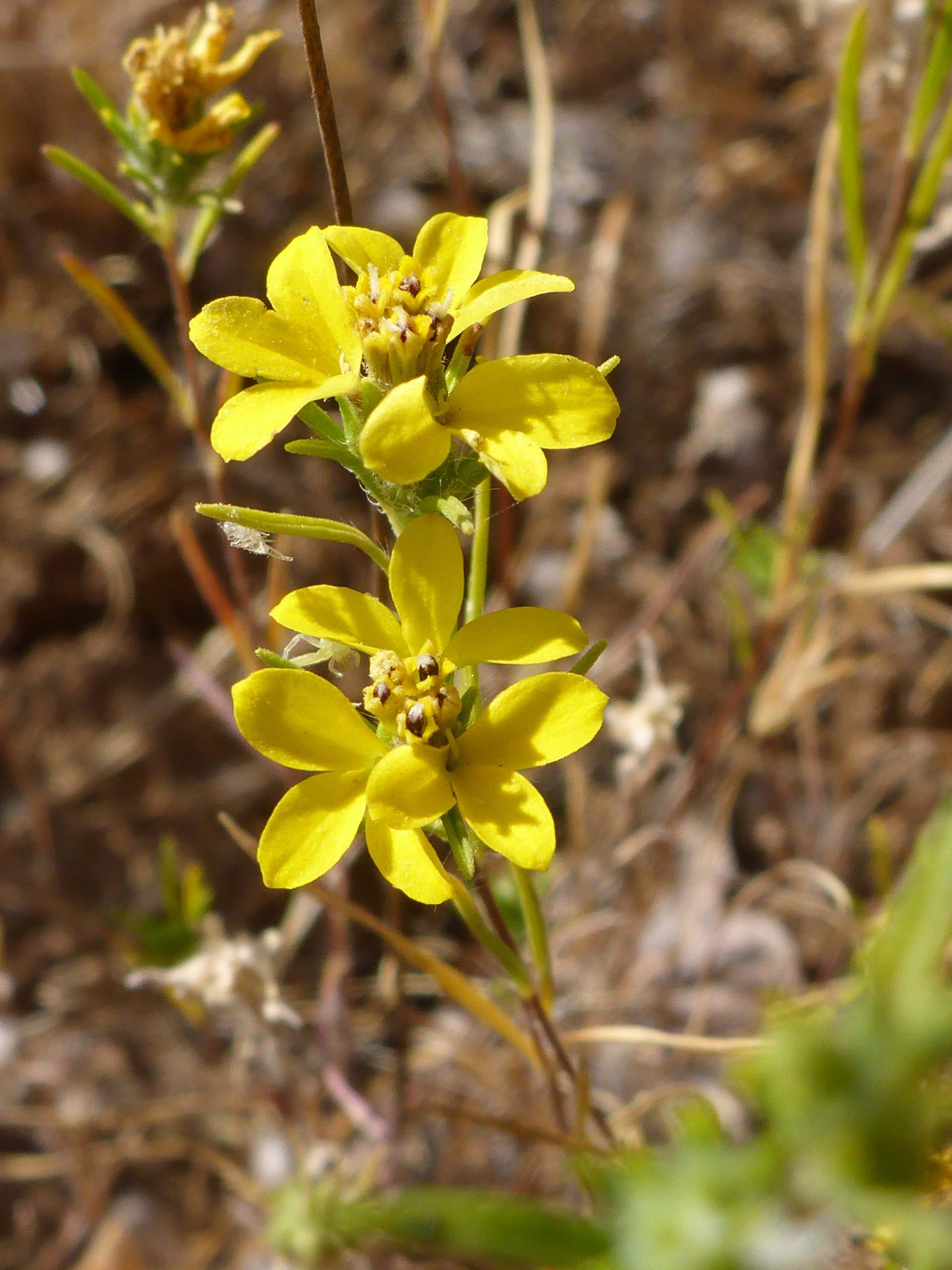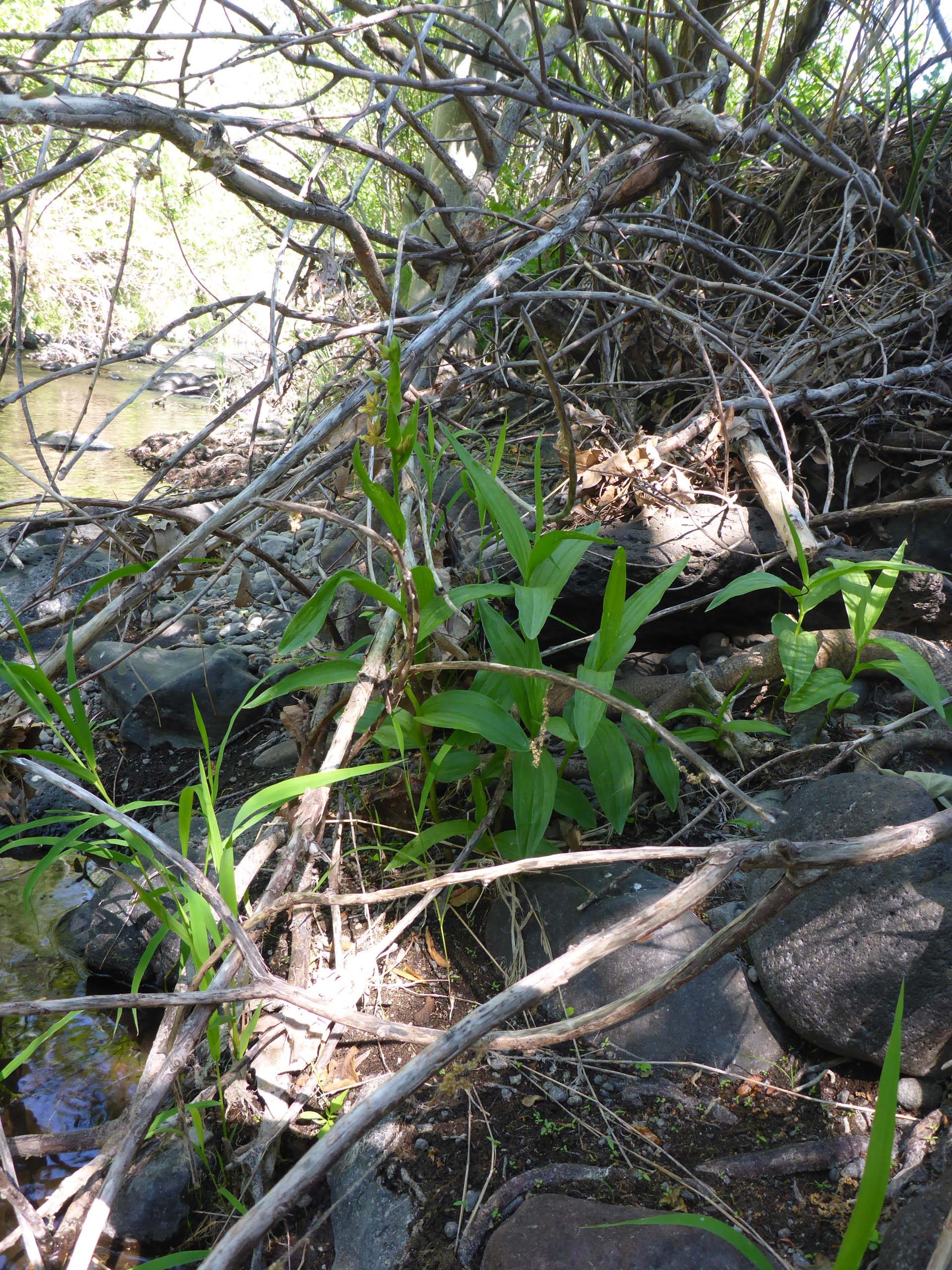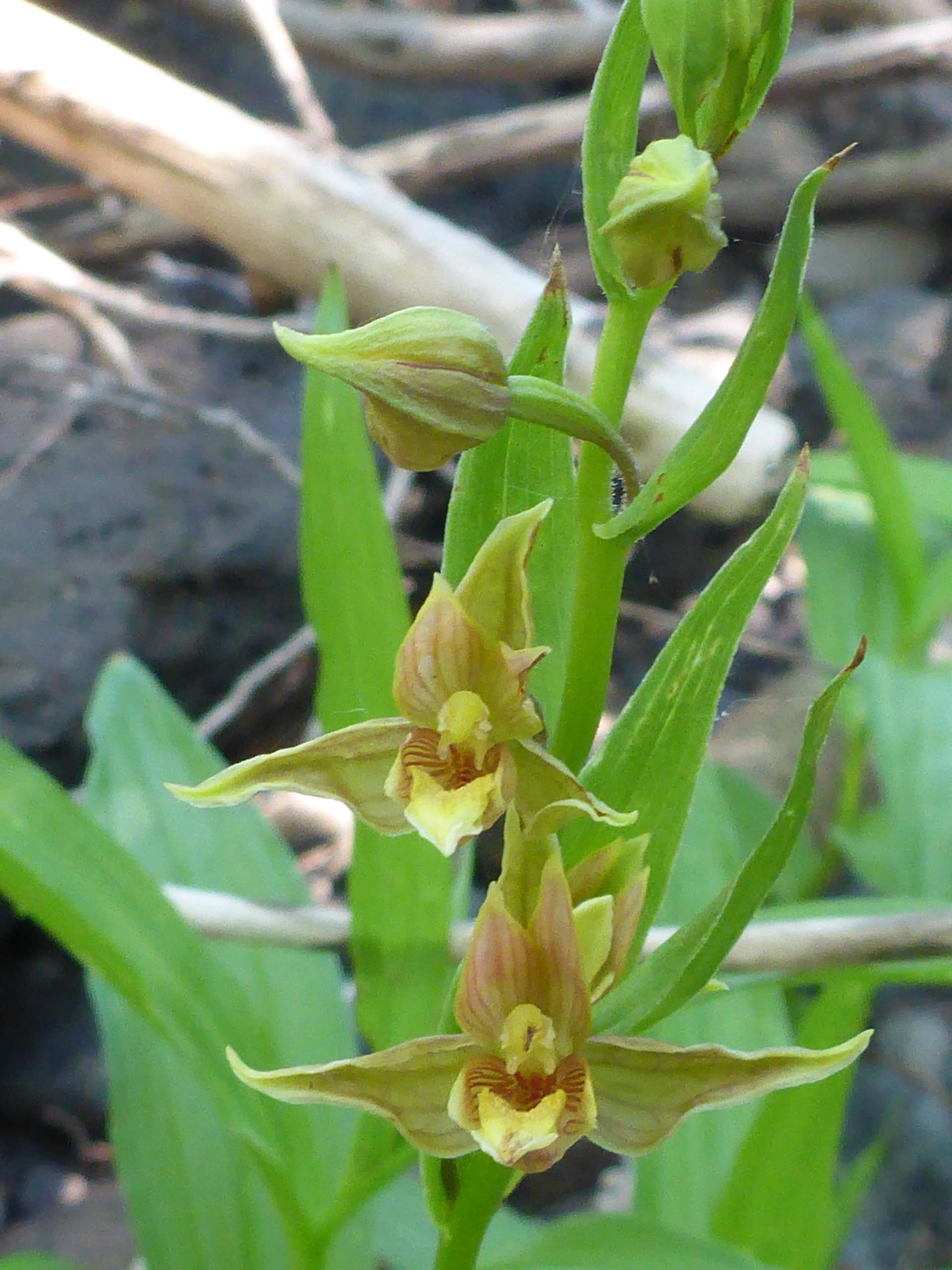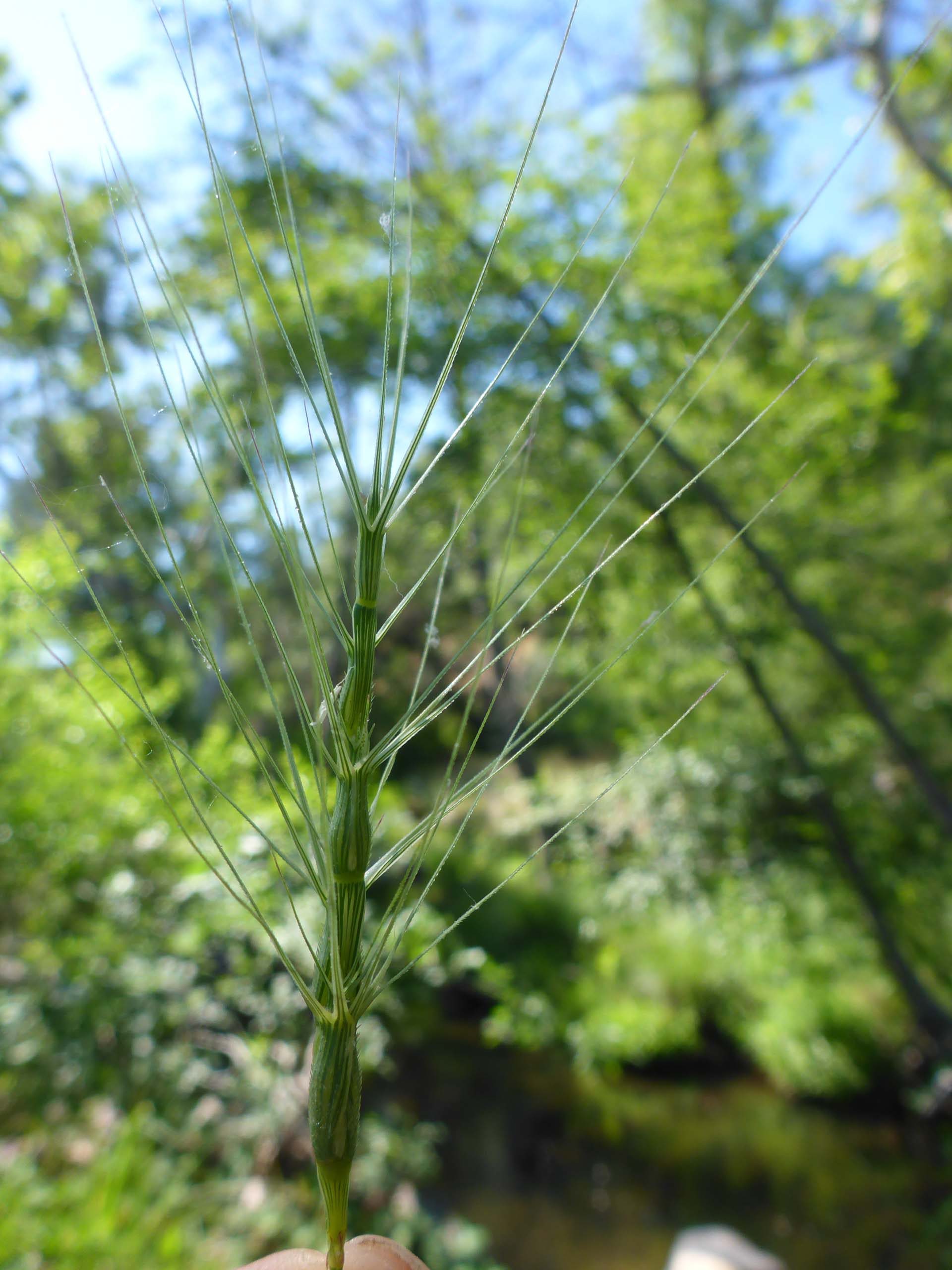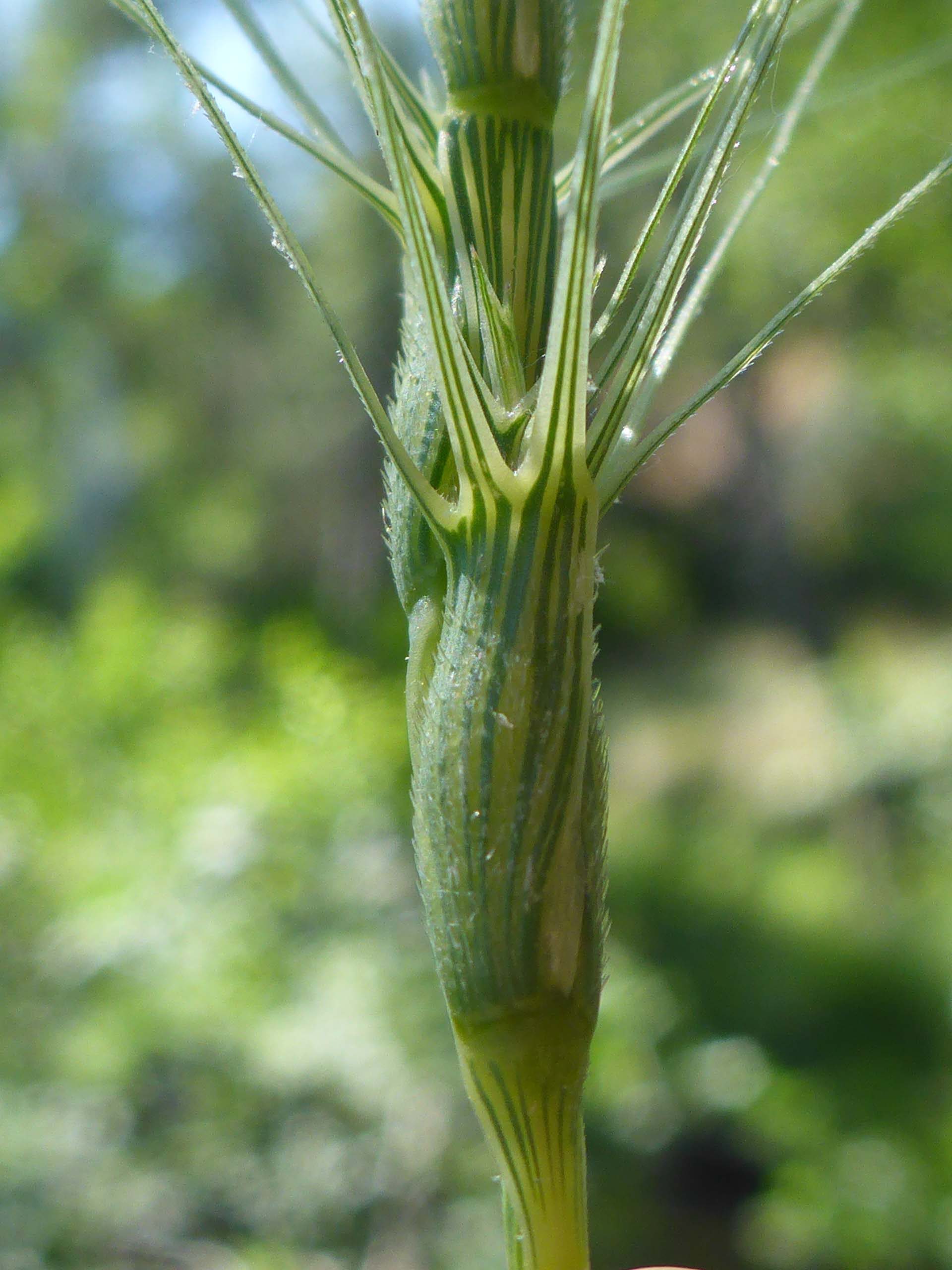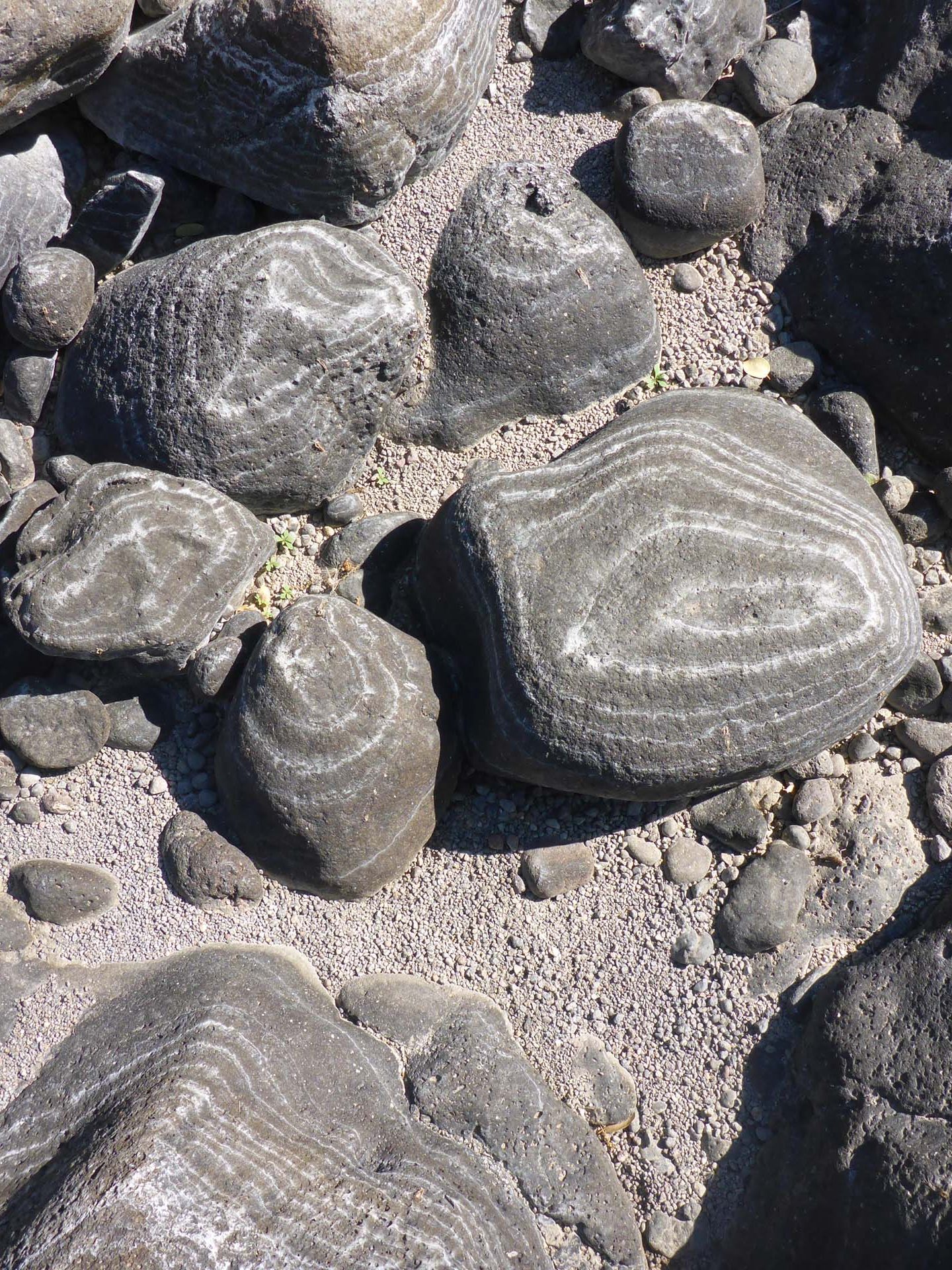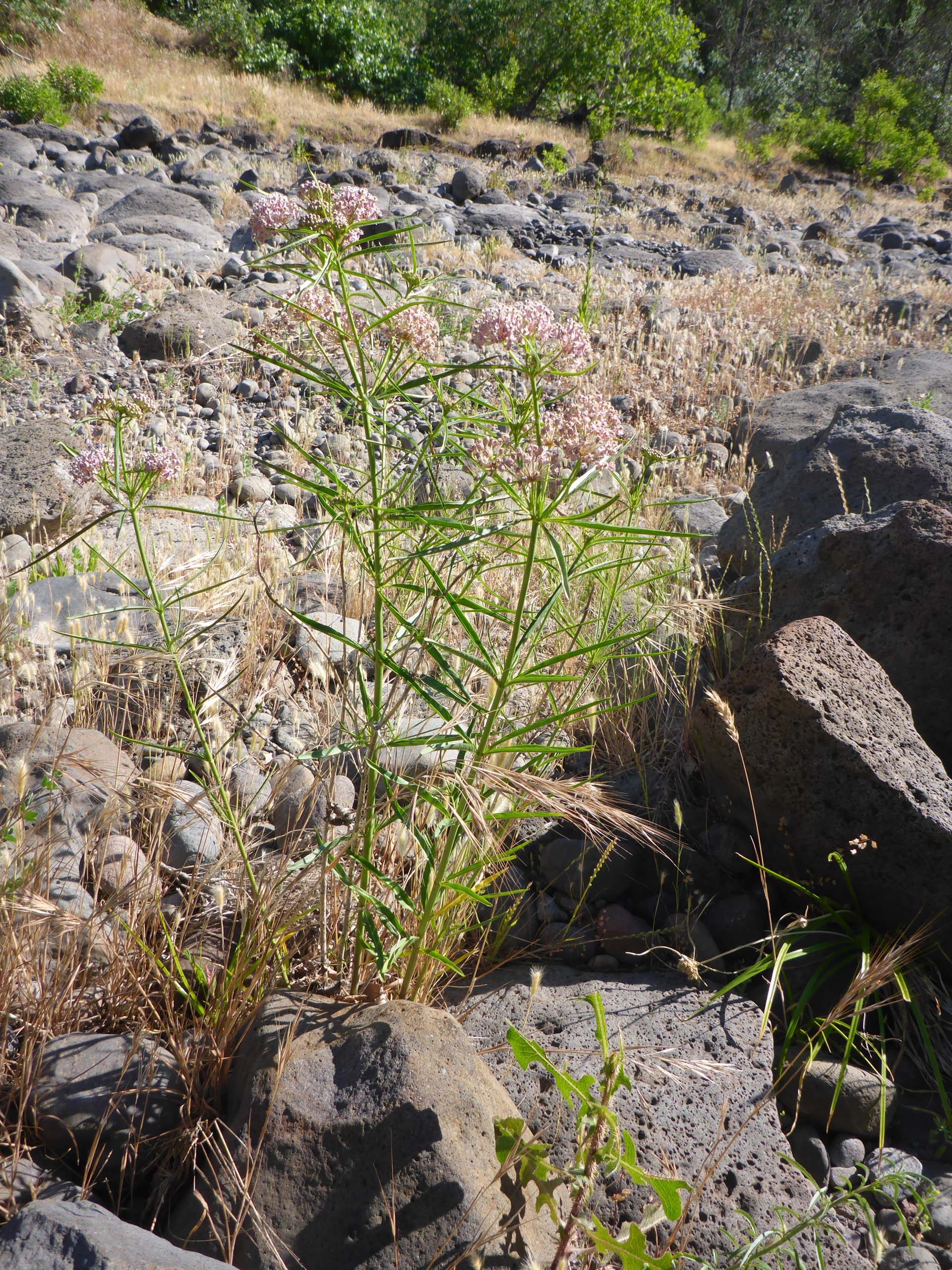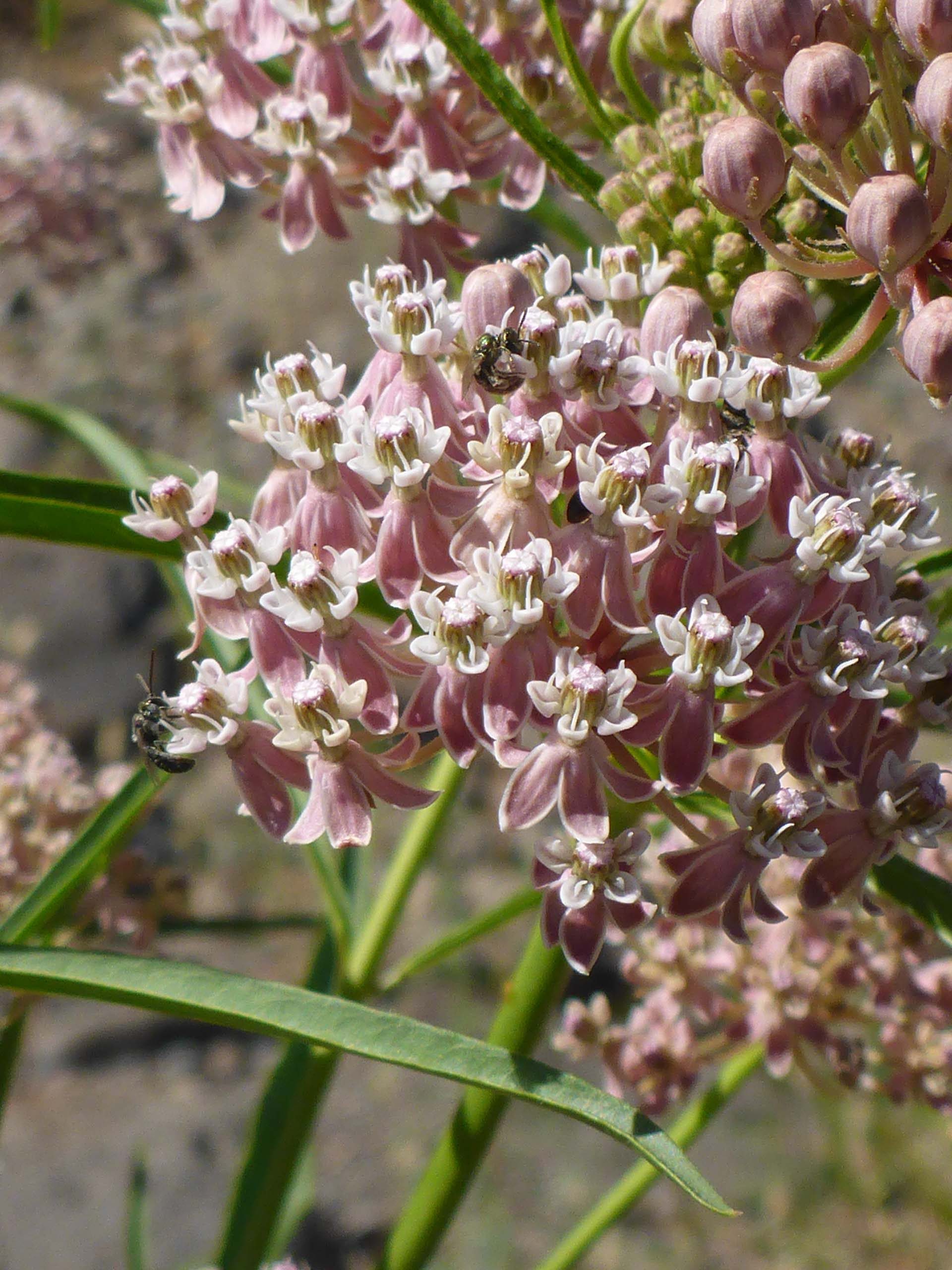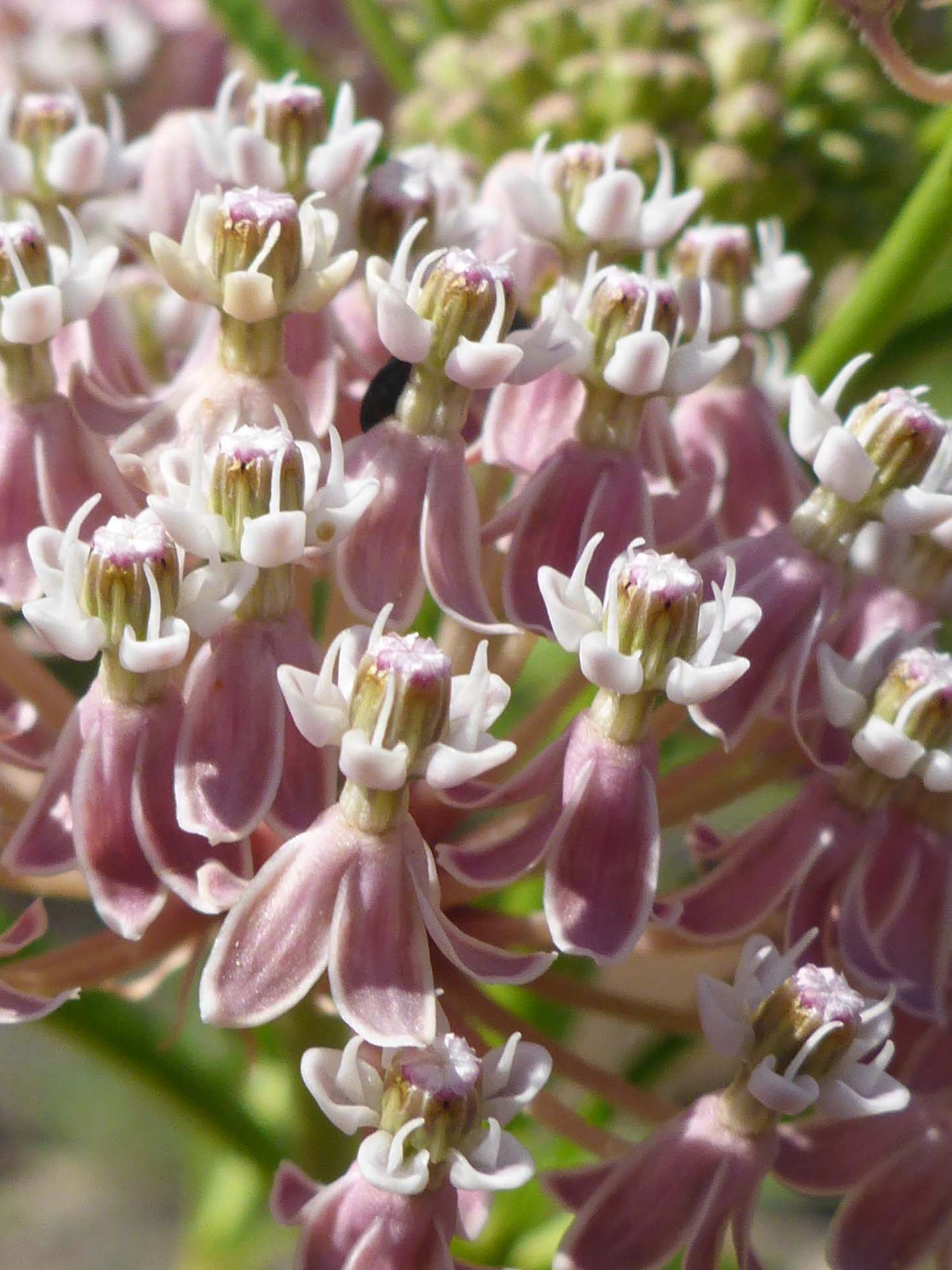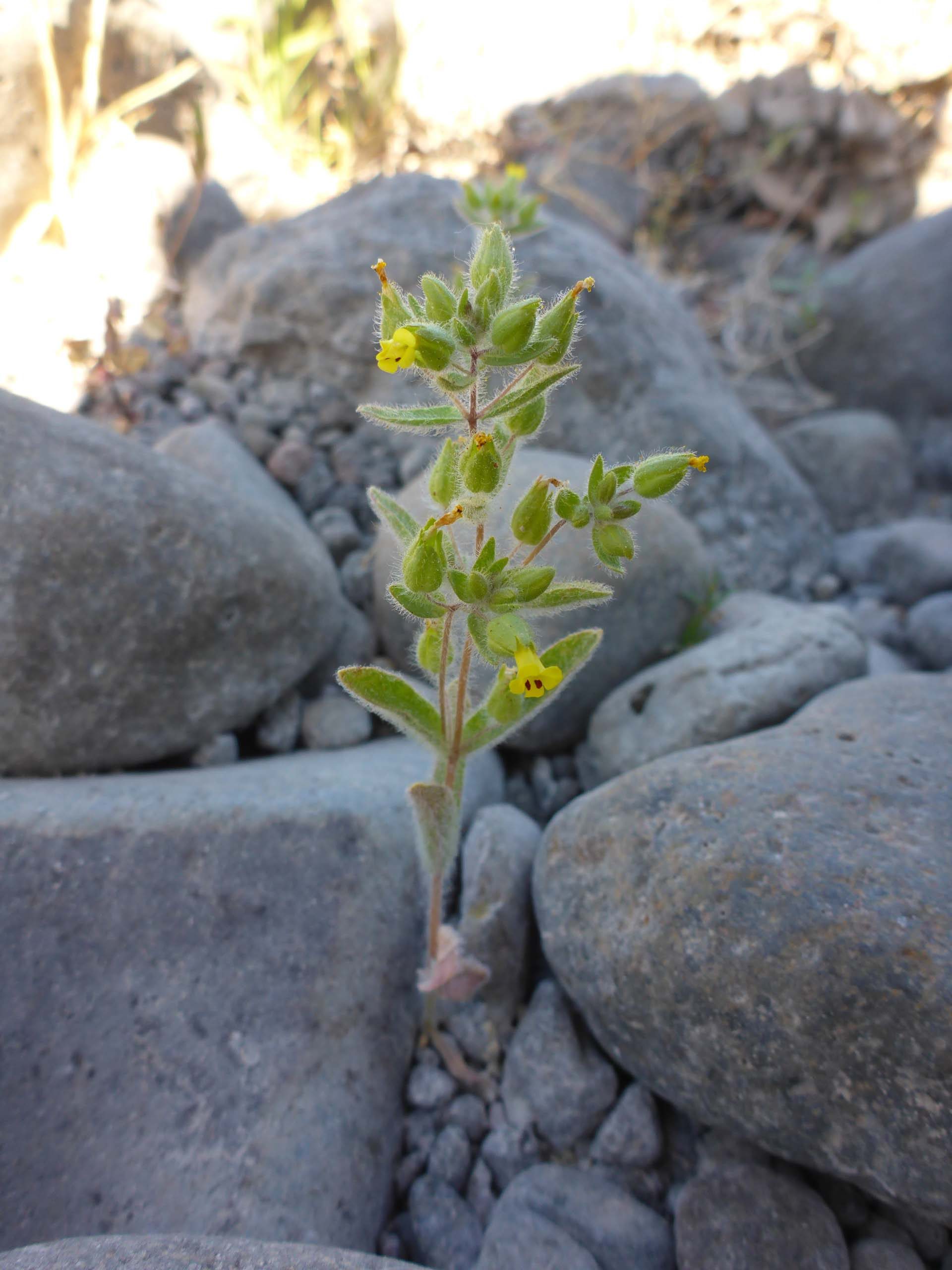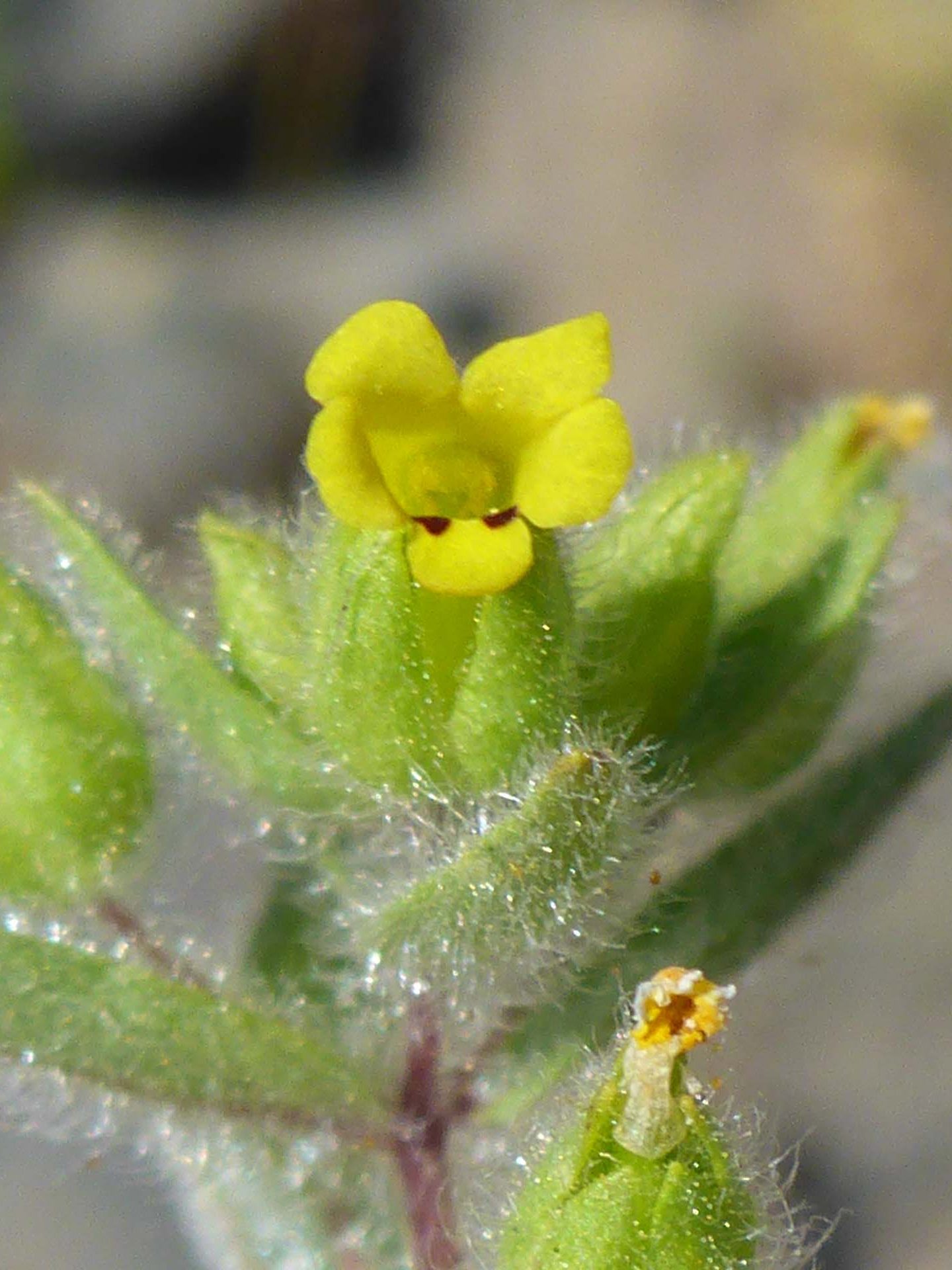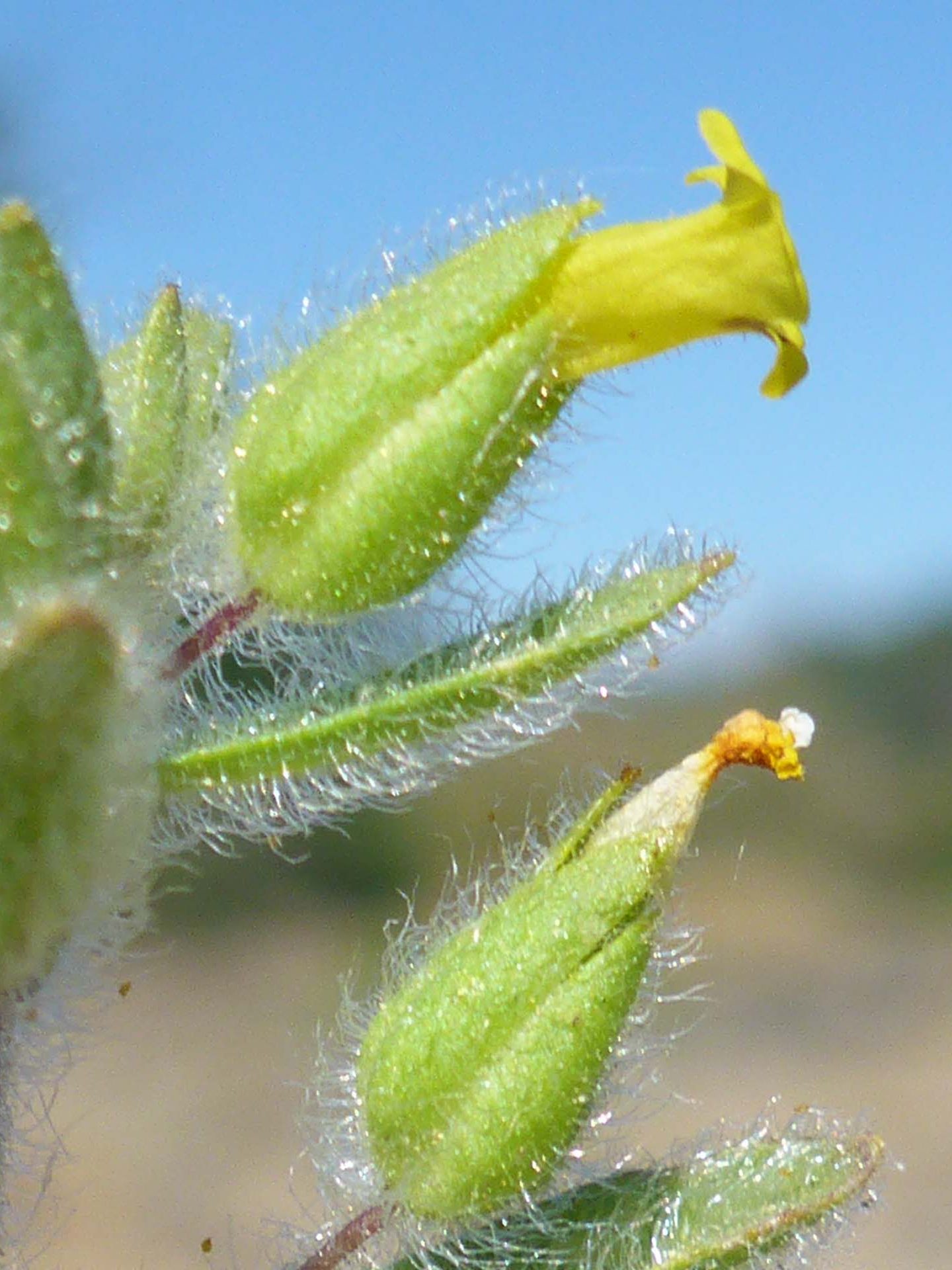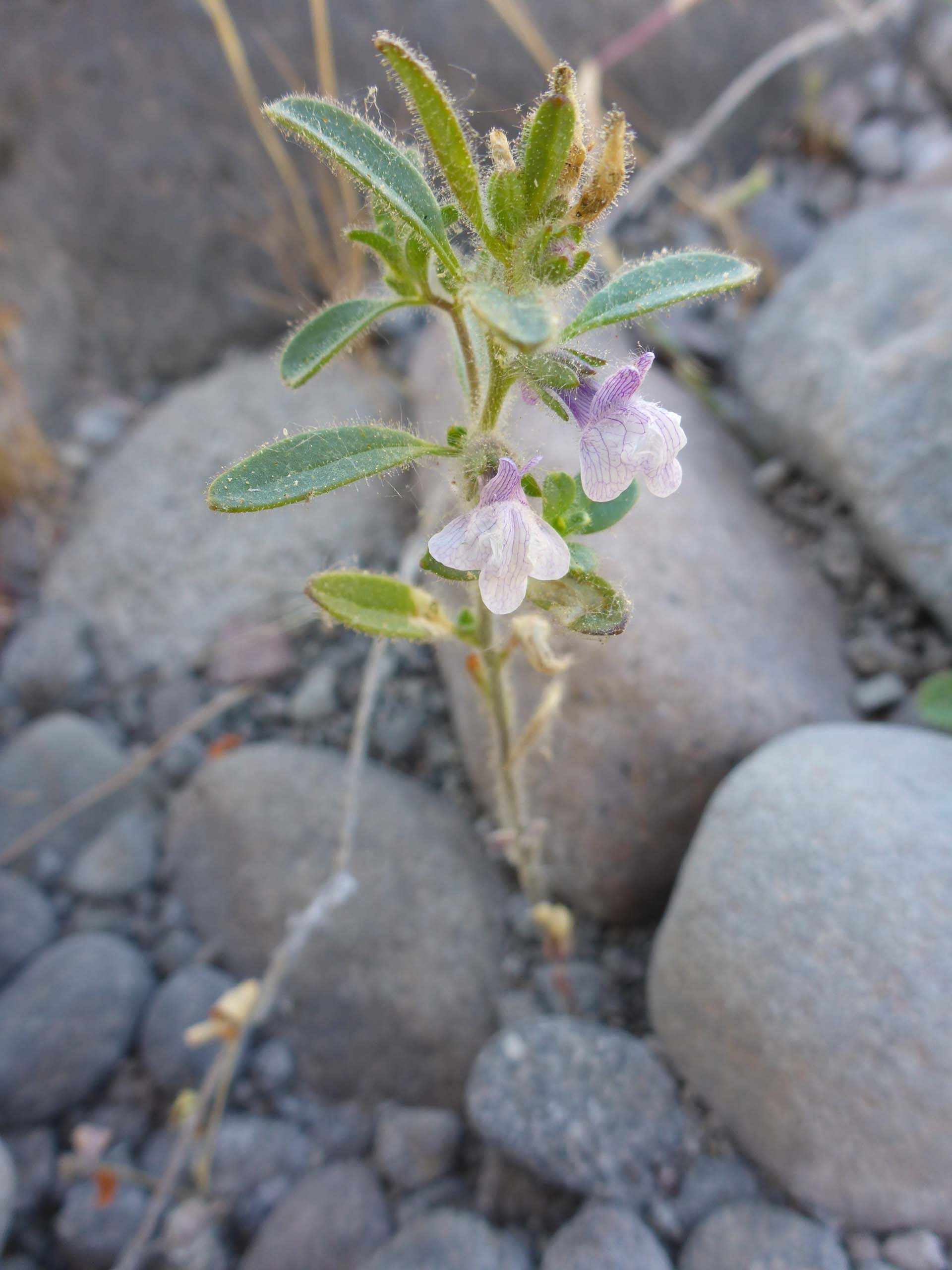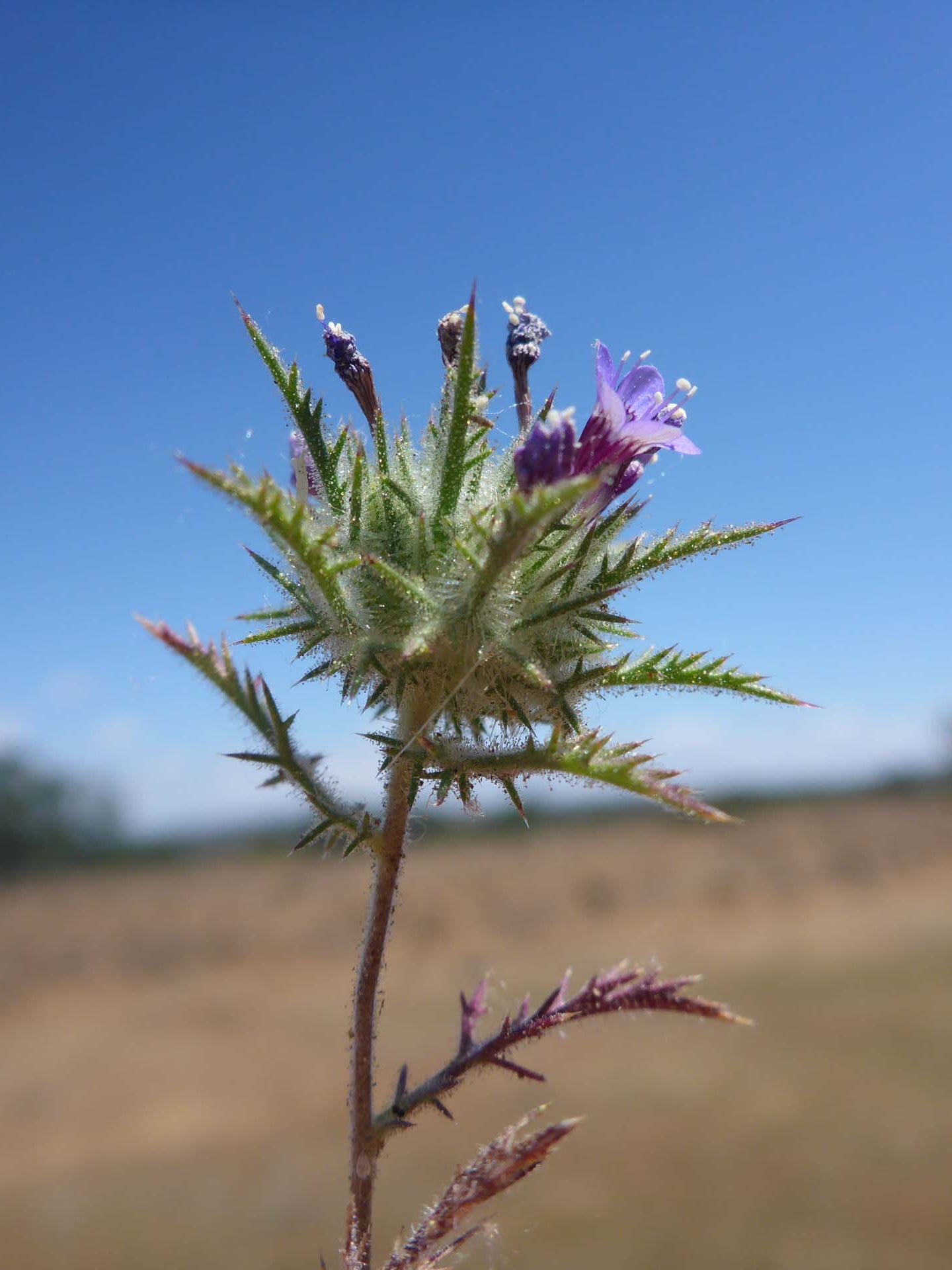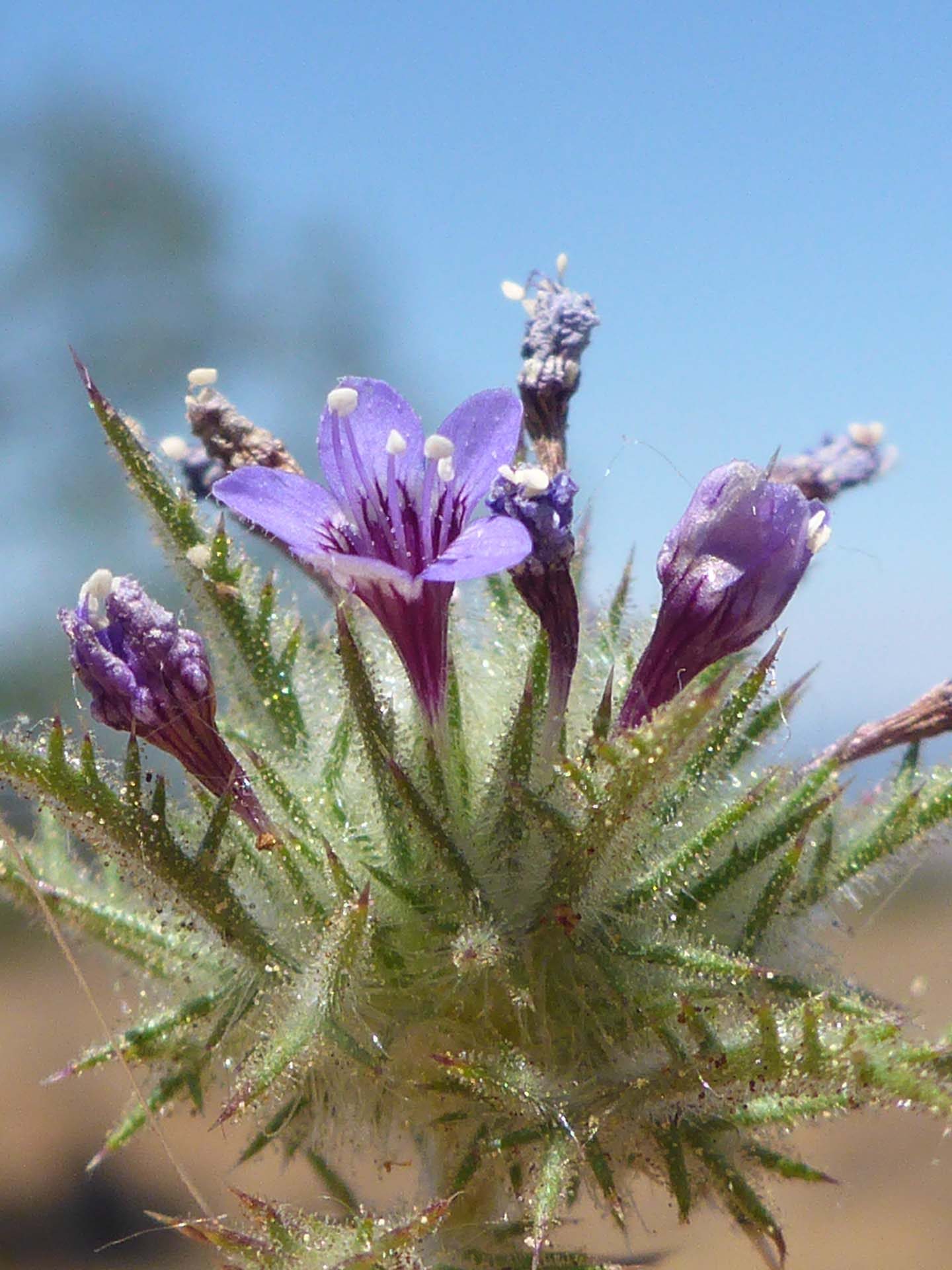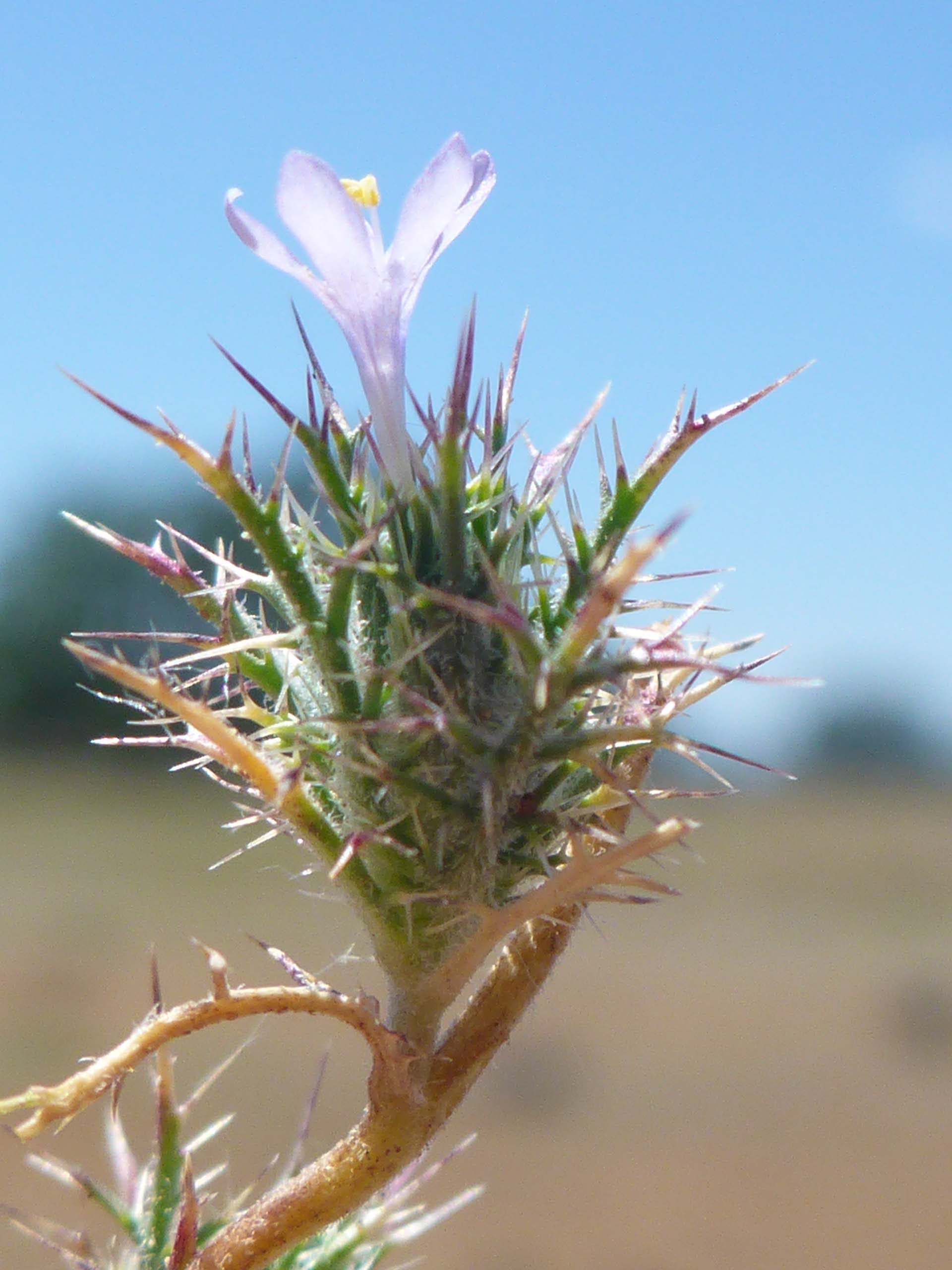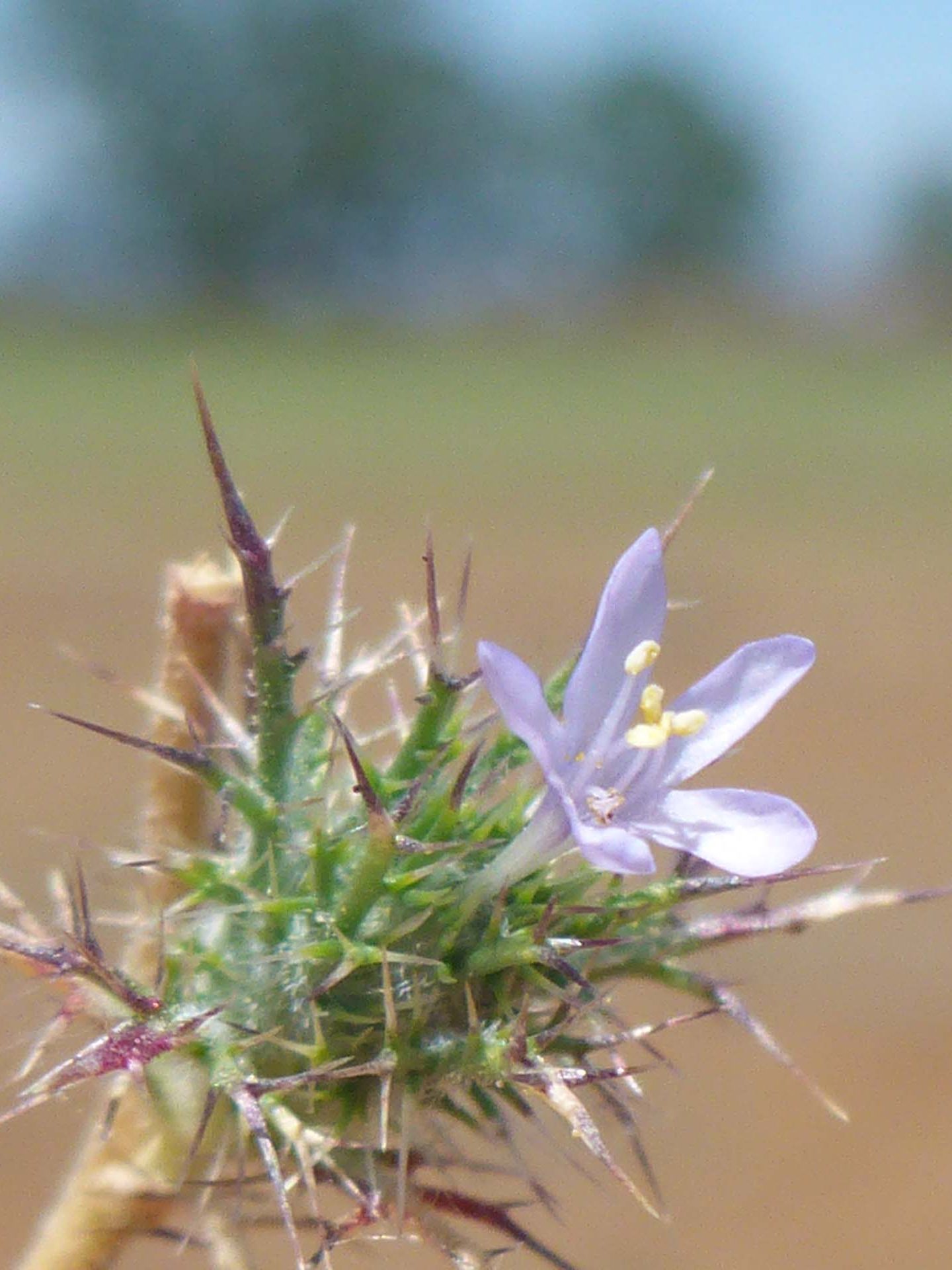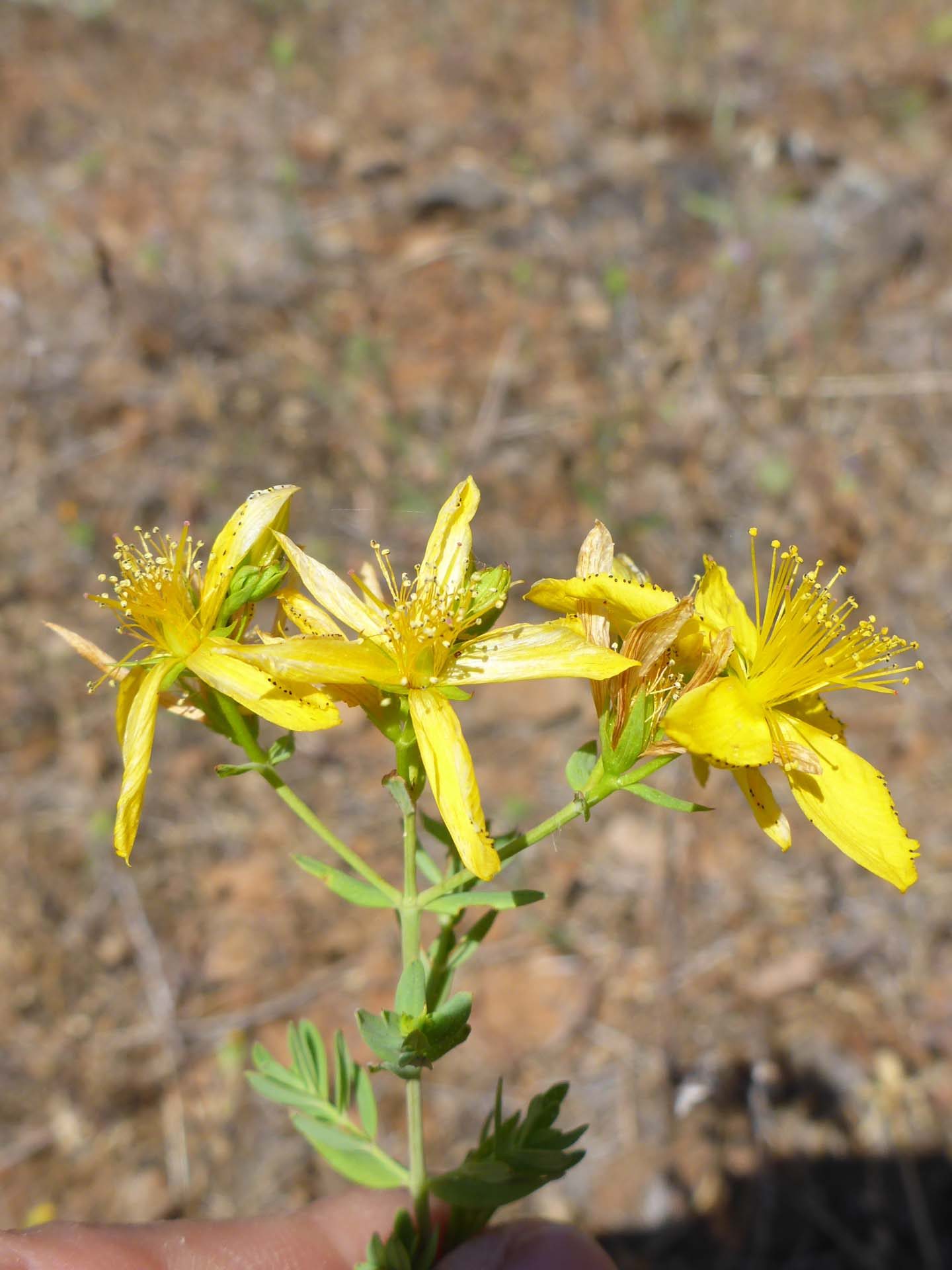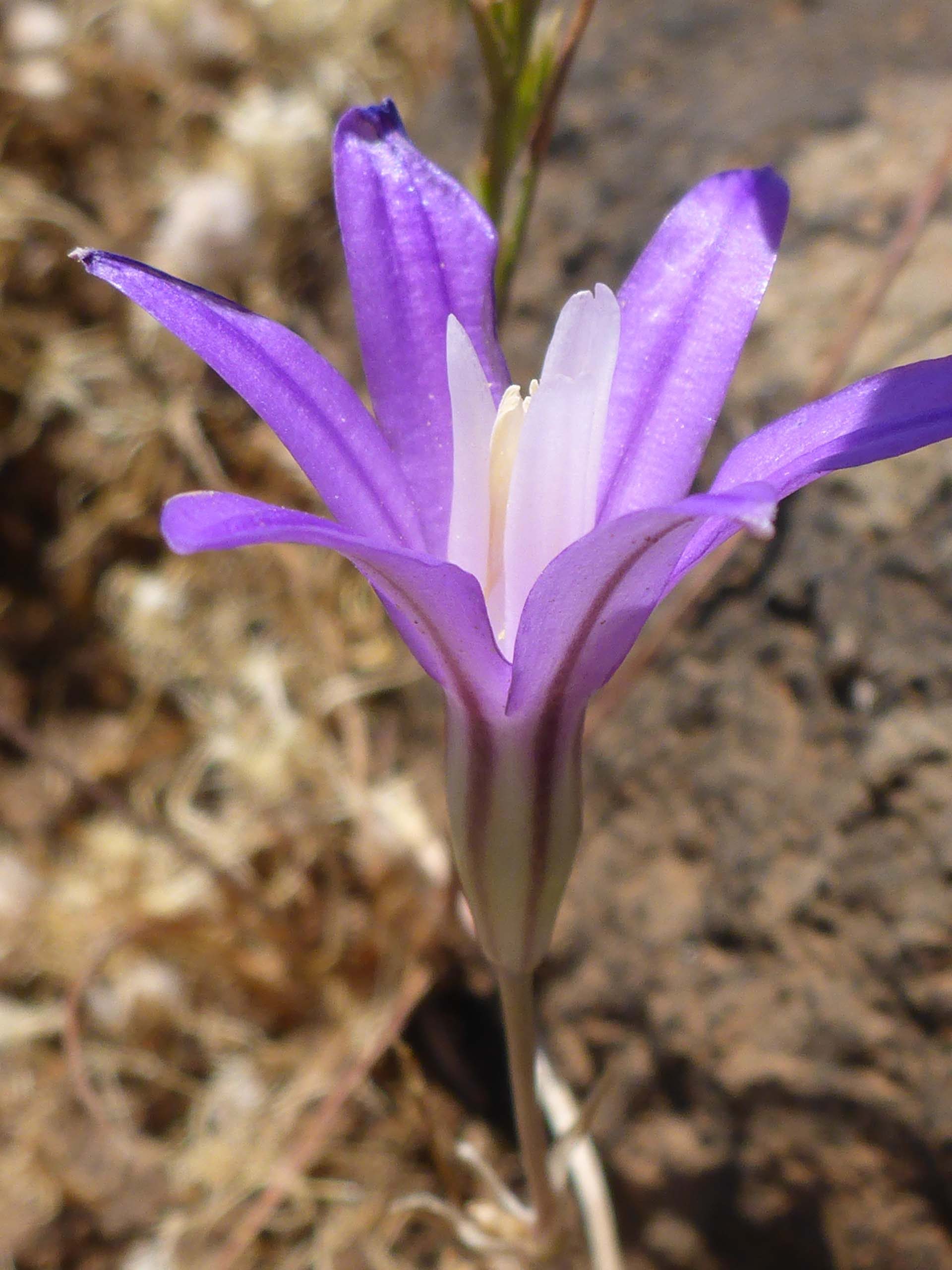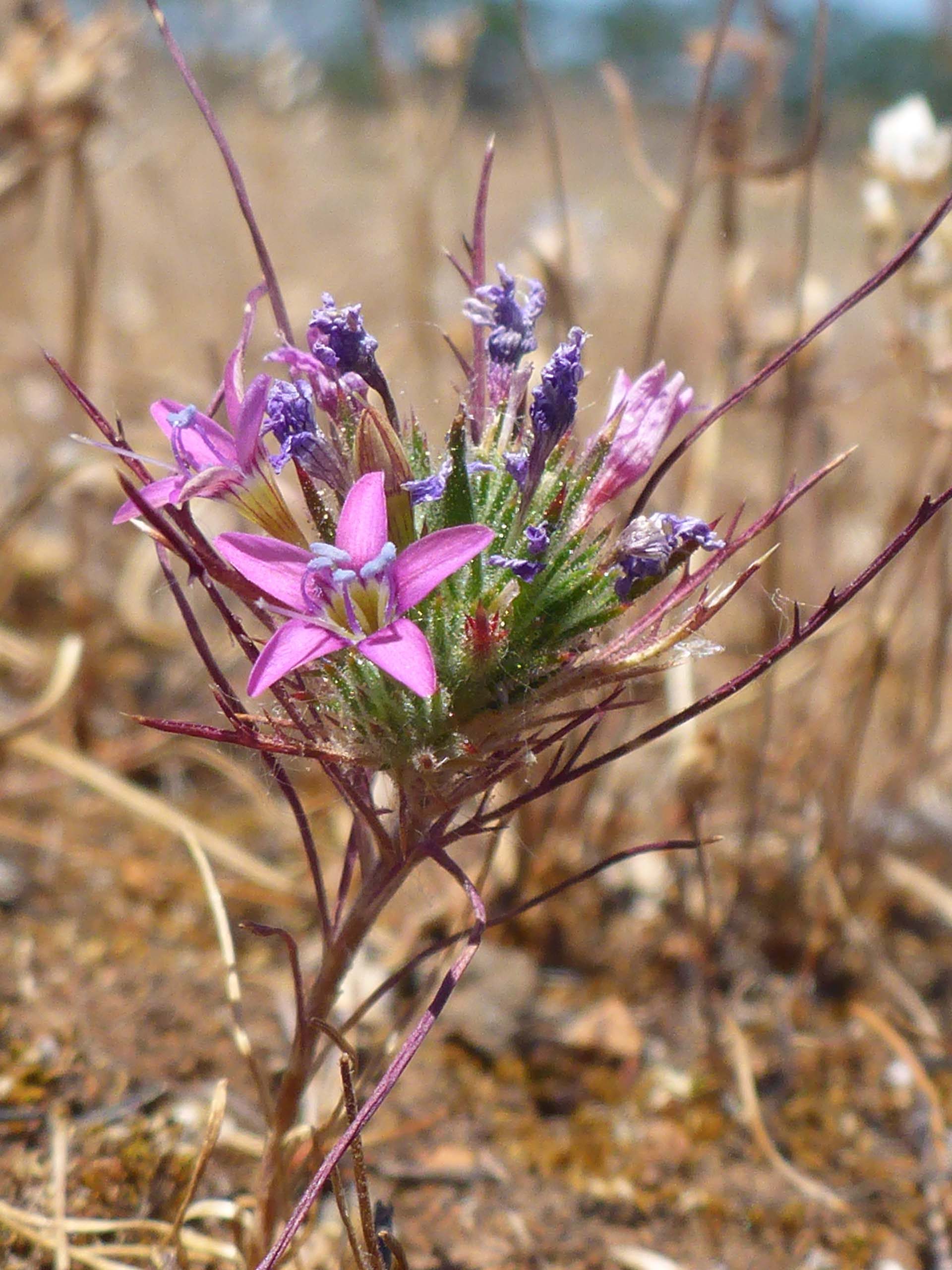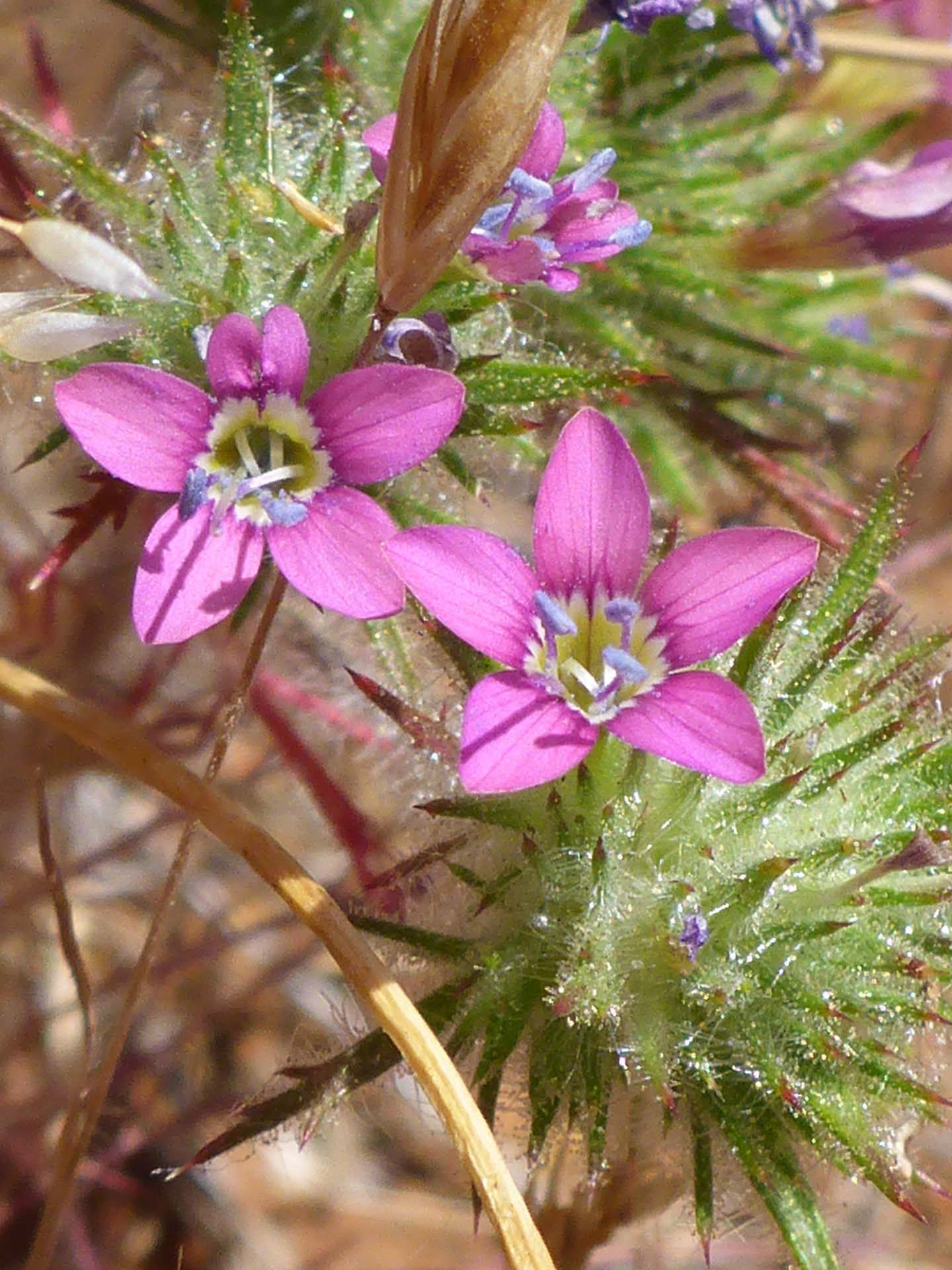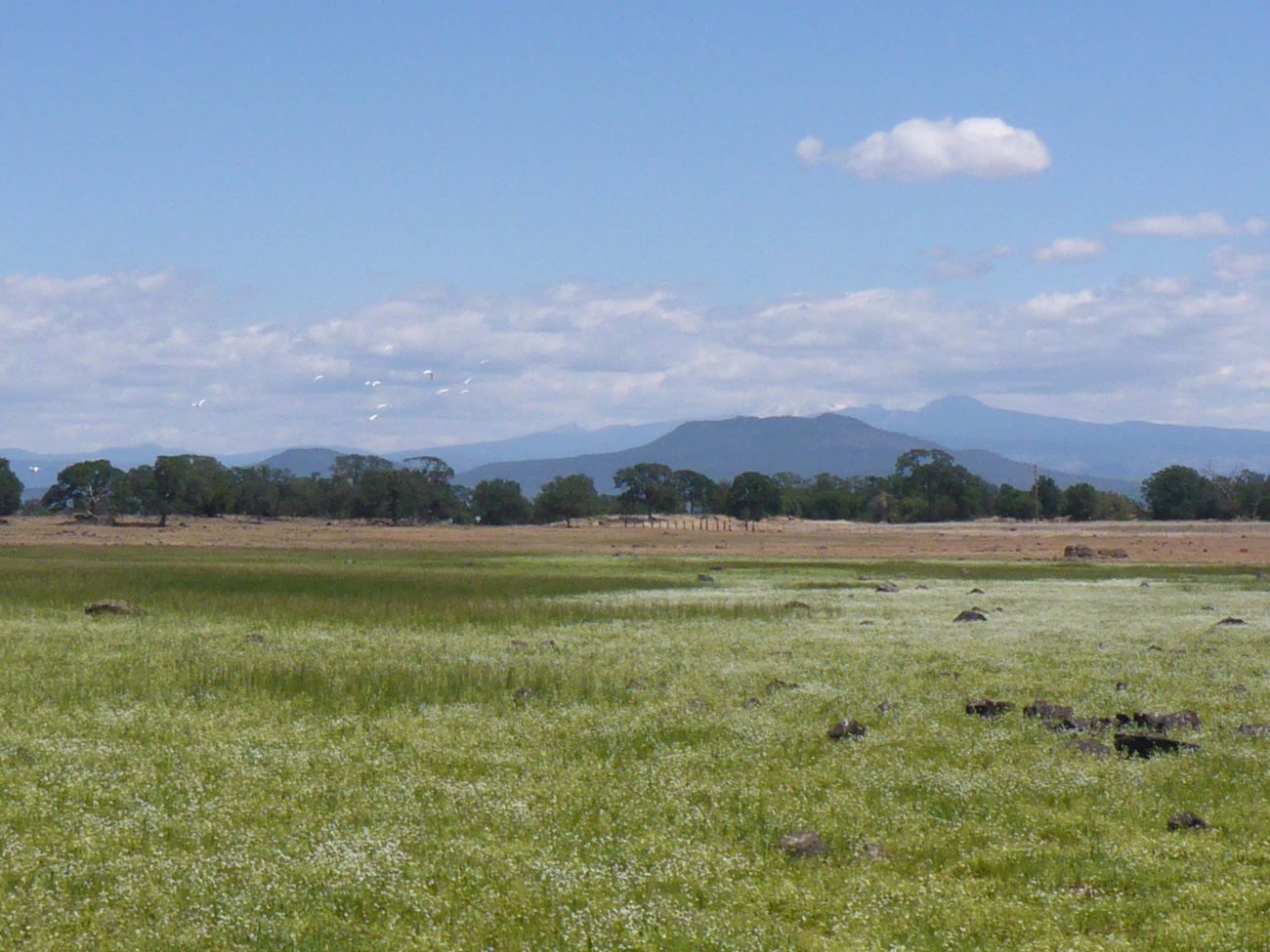
Hog Lake in late spring is still a very worthwhile destination! Despite the hair-curling temperatures we are currently suffering, Sacramento River Bend Recreation Area’s Hog Lake, off of Highway 36, will continue to be an excellent place to see vernal pool species for the the next couple of weeks. The trick is to go early in the morning, bring plenty of protection against the sun, and limit your time there.

Photo by Don Burk.
Within an hour, you can see dozens of different species in bloom. On this particular outing, there was still plenty of water in Hog Lake (actually an enormous vernal pool)—enough for a whole flock of egrets to comfortably socially distance themselves in—and masses of purples and whites ringed the edges. Eight days later, when we drove past on May 31, both water and egrets were still there.

While we did spend at least an hour poking around the shore of Hog Lake on May 23, the weather was not so hot as it is today (beginning of June), and so we chose to do an off-trail ramble across the plateau and down to Paynes Creek. I call these long-distance stumbles; if you can’t find a cow trail, you’re left to navigate a very rocky terrain.
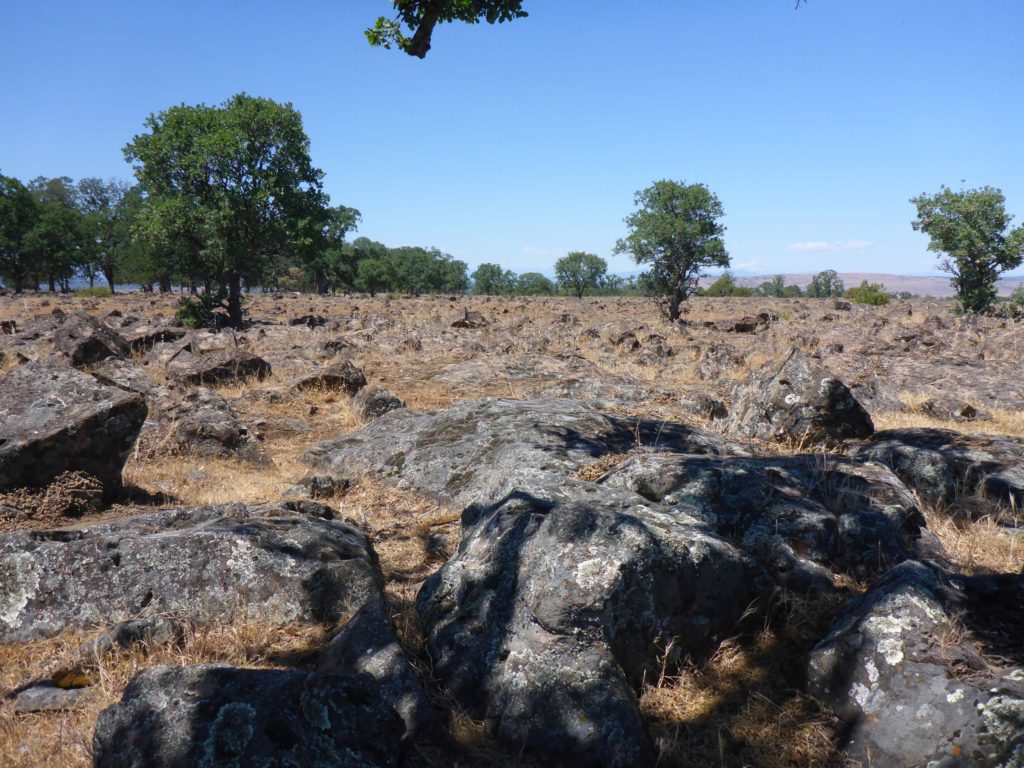
Here’s an excerpt from an email from Don to a budding-botanist friend who has a particular interest in the Hog Lake Plateau flora, in which he describes some of the botanical highlights of our day hike:
Hot, dry, but well worth it. We saw five rare plants in various states of bloom during our ±4-mile stumble (Orcuttia tenuis – which makes the whole pool smell like honey and lemon to me (but Laurie smells nothing…); shield-bracted monkeyflower, which has been blooming for months; Navarettia heterandra – little jewels of color out in the baked grassland; Limnanthes flocossa flocossa – dried heads only, getting very crispy; and Polygonum bidwelliae – flowers gone, but still beautiful with those silvery bracts). And to top it off, we found three plants not in the Hog Lake Flora—including one entirely unexpected beauty! Two of the new plants were on the western edge of the little vernal pool west of Hog Lake. Both are drab little Epilobiums. . . . The other new plant is an orchid! Epipactis gigantea. I have always called it chatterbox orchid (because the lower lip has a hinge that allows it to wag up and down), but the accepted common name now appears to be stream orchid. And, indeed, it had its feet in Paynes Creek.

Because the following slideshow includes species from all over Hog Lake Plateau, not just vernal pool species, we have indicated generally where we found each. This doesn’t mean that the species doesn’t grow elsewhere, it is only where we found it on this particular hike. All photos by Don Burk. Enjoy! ~Laurie & Don Burk

